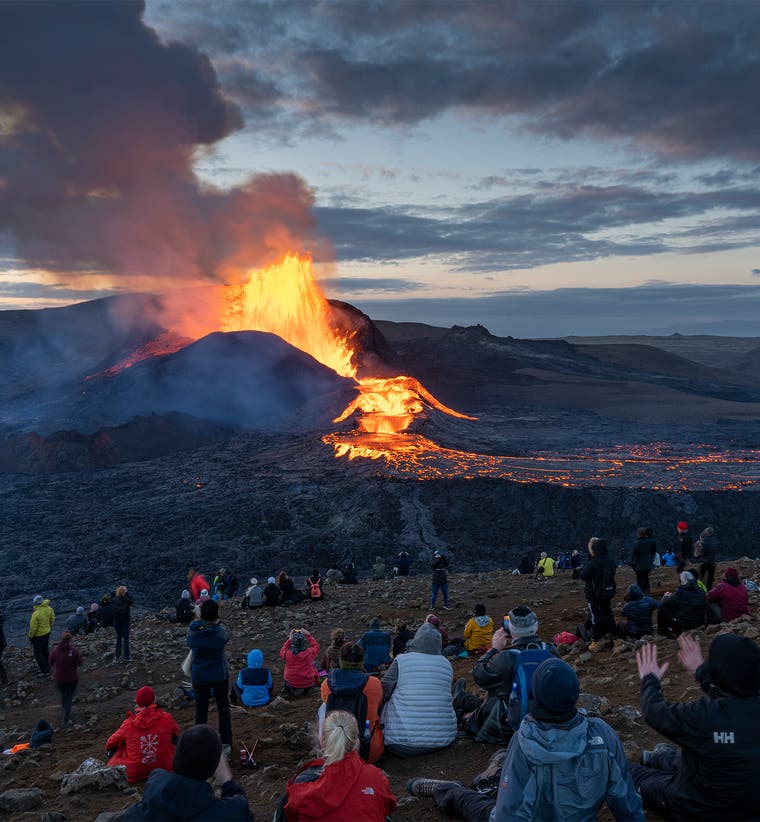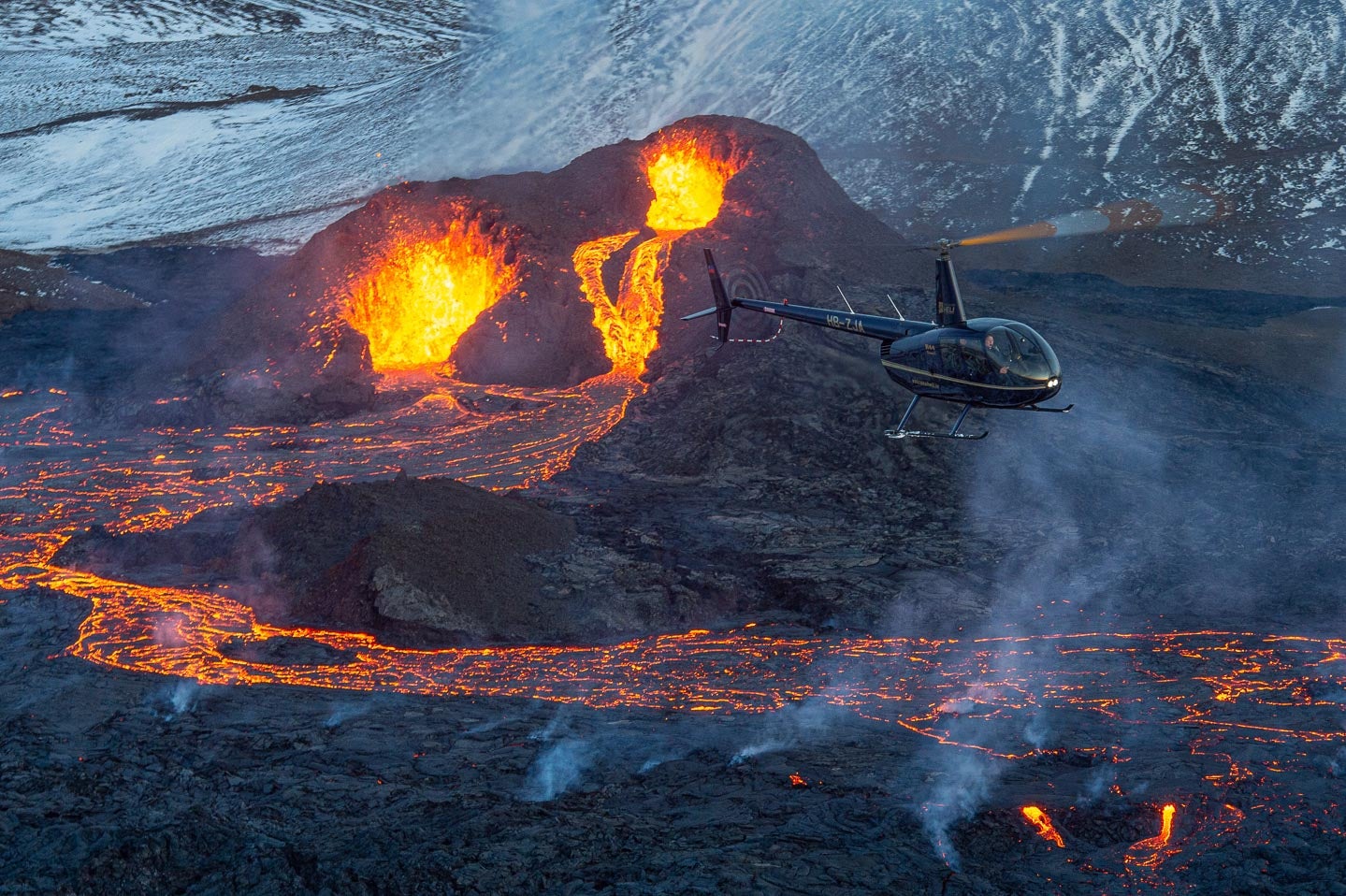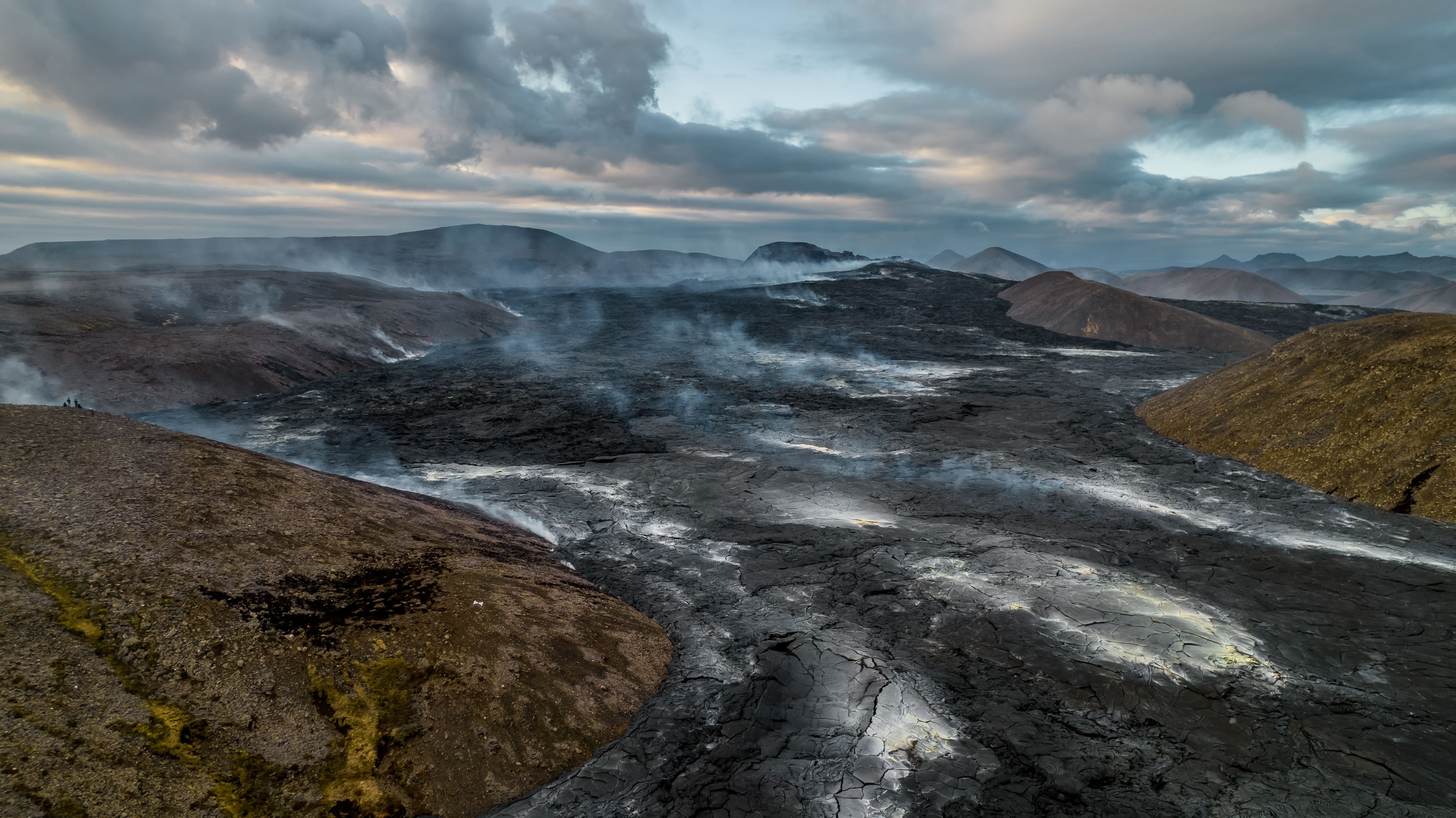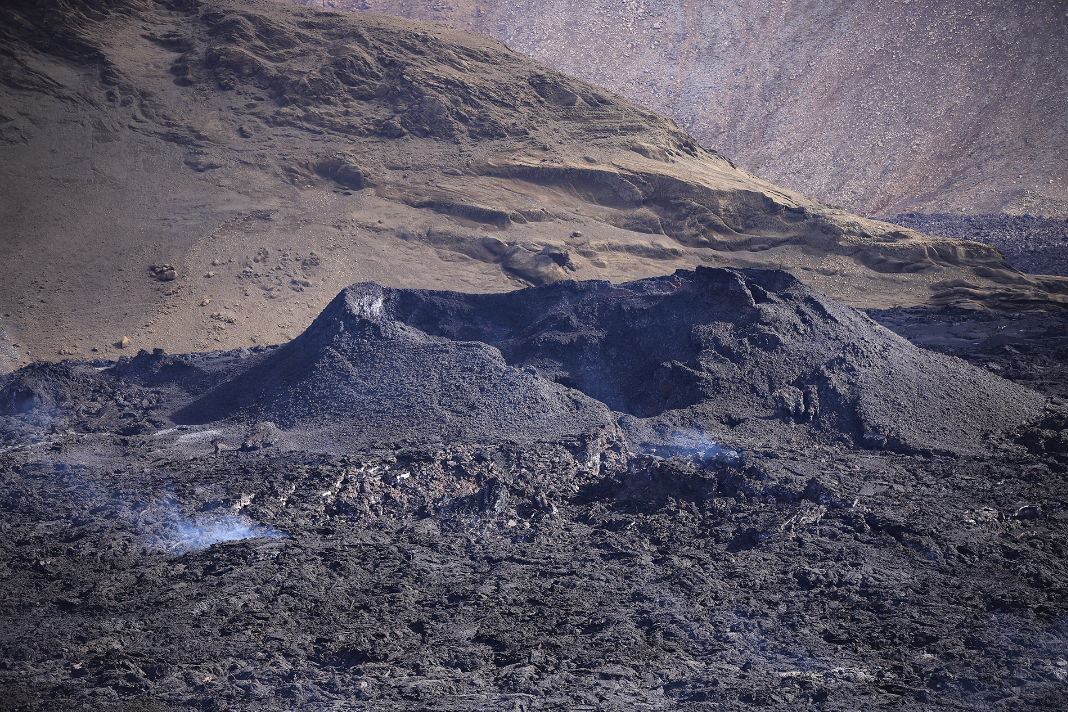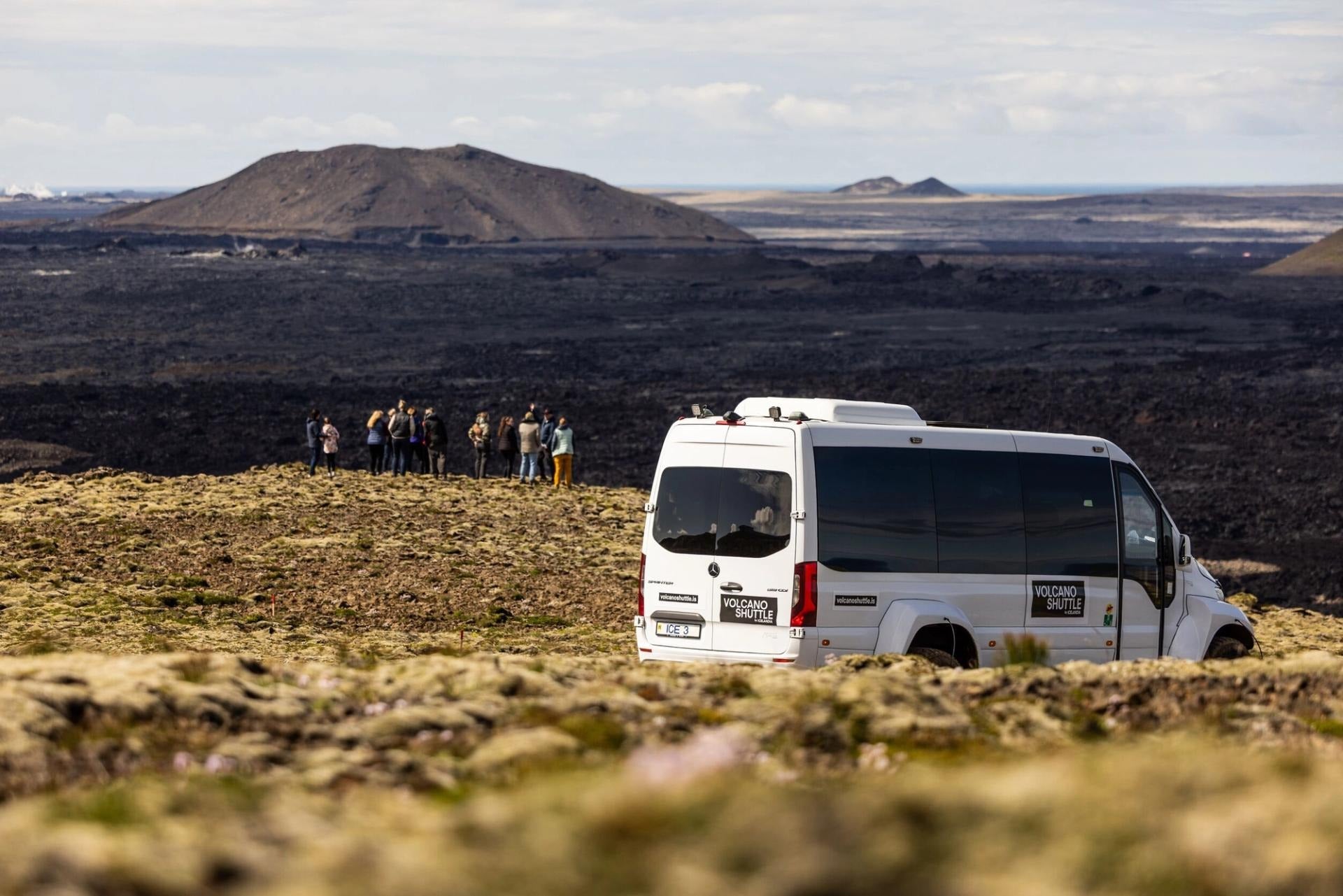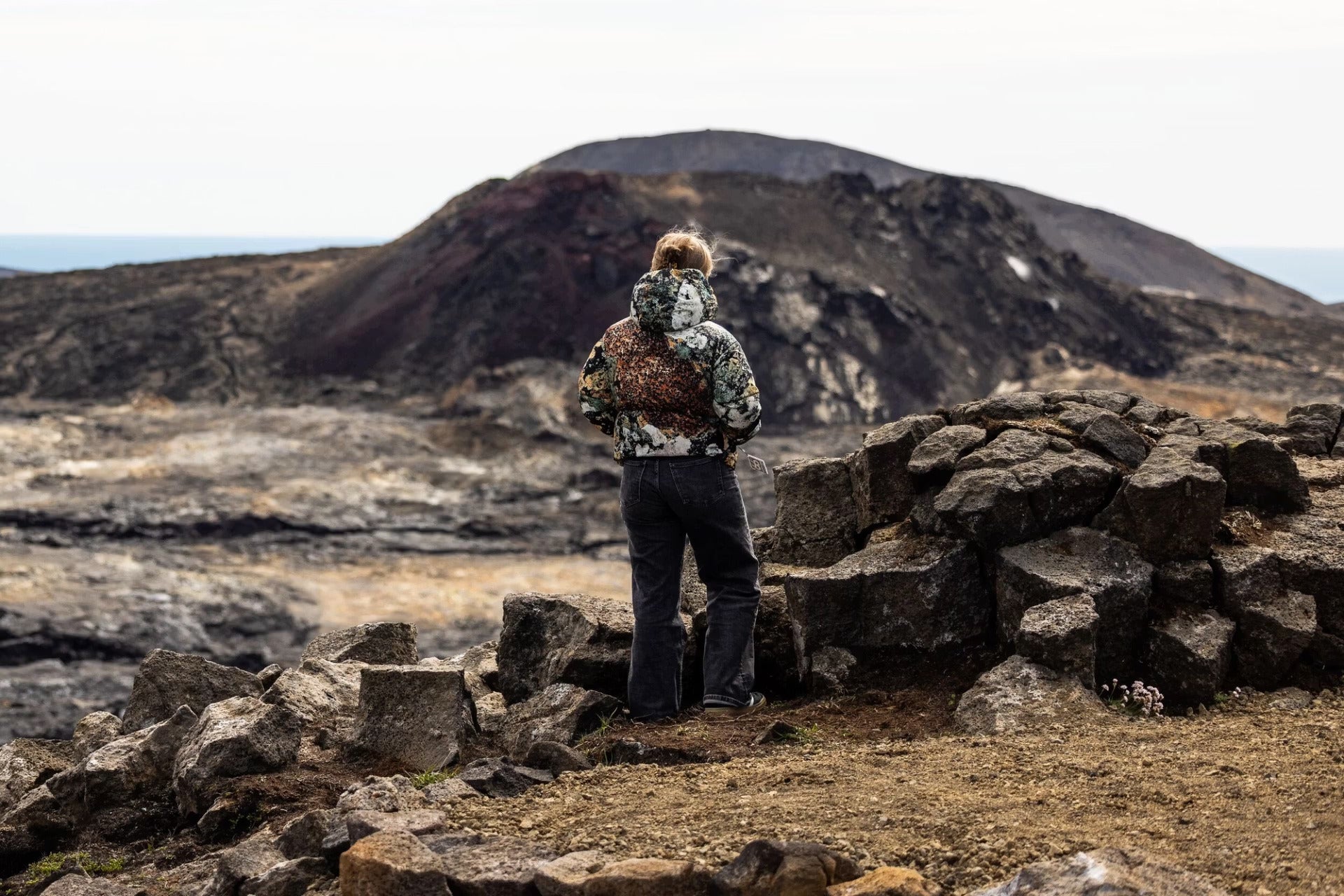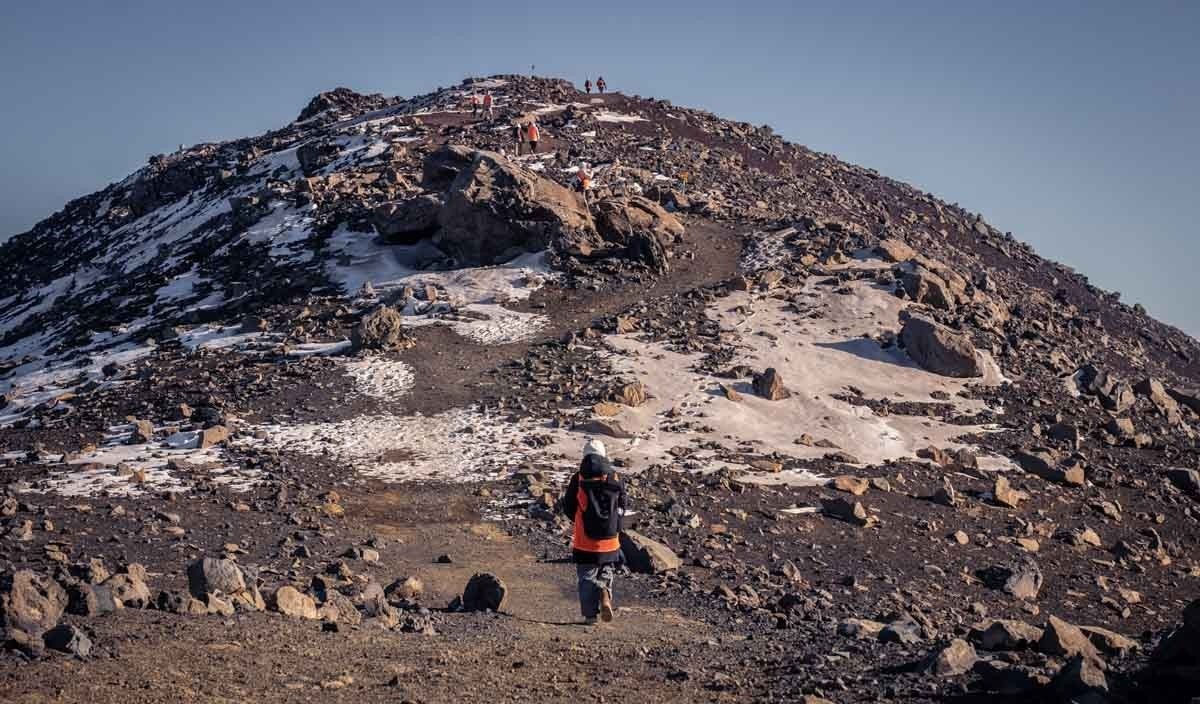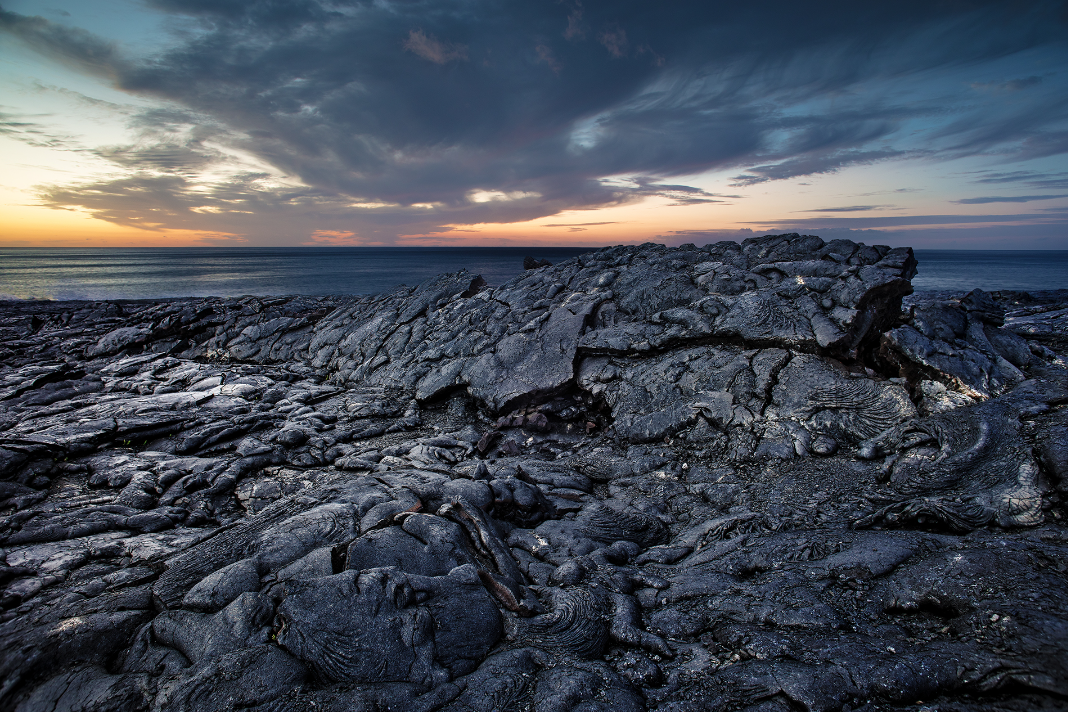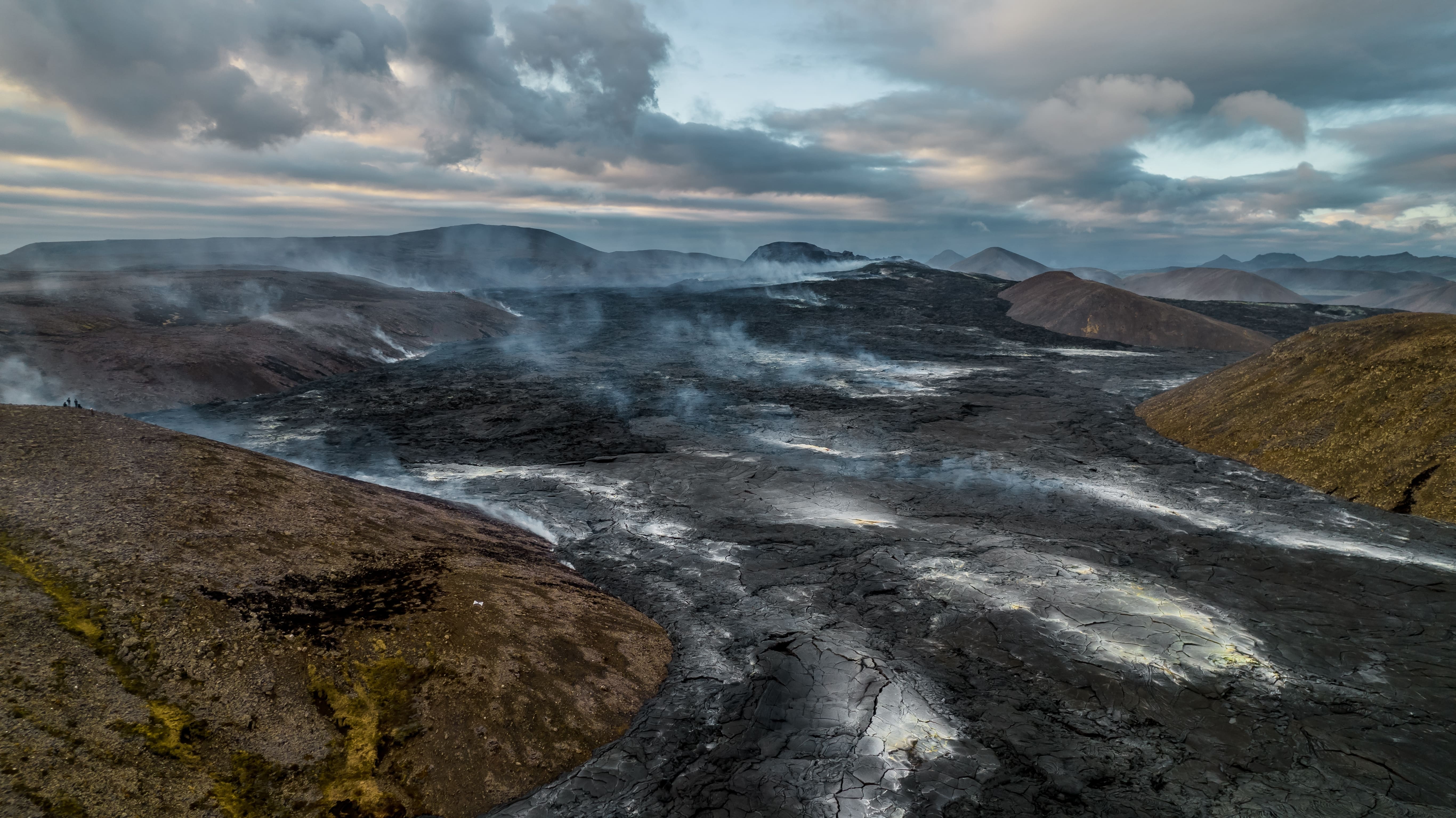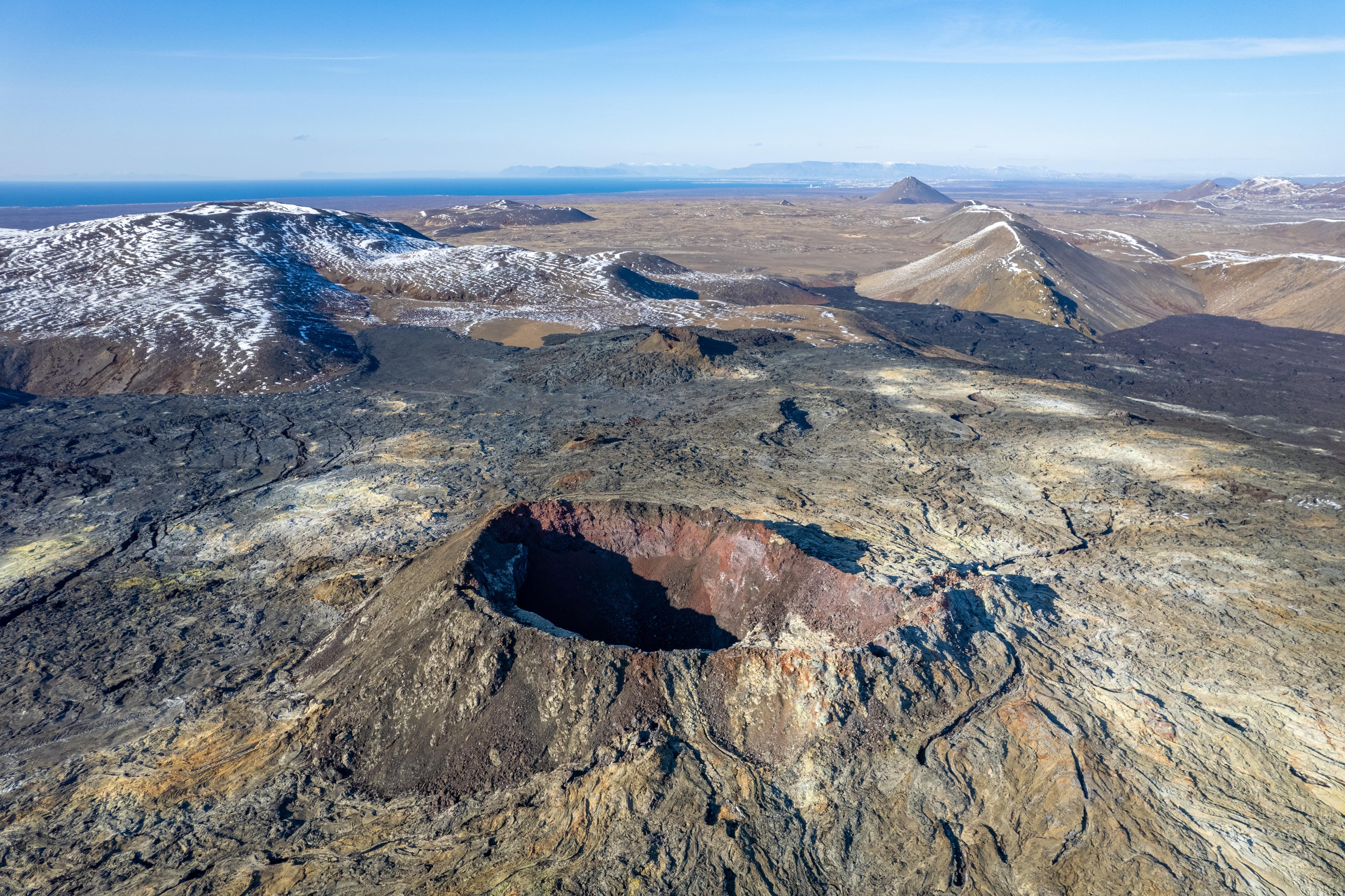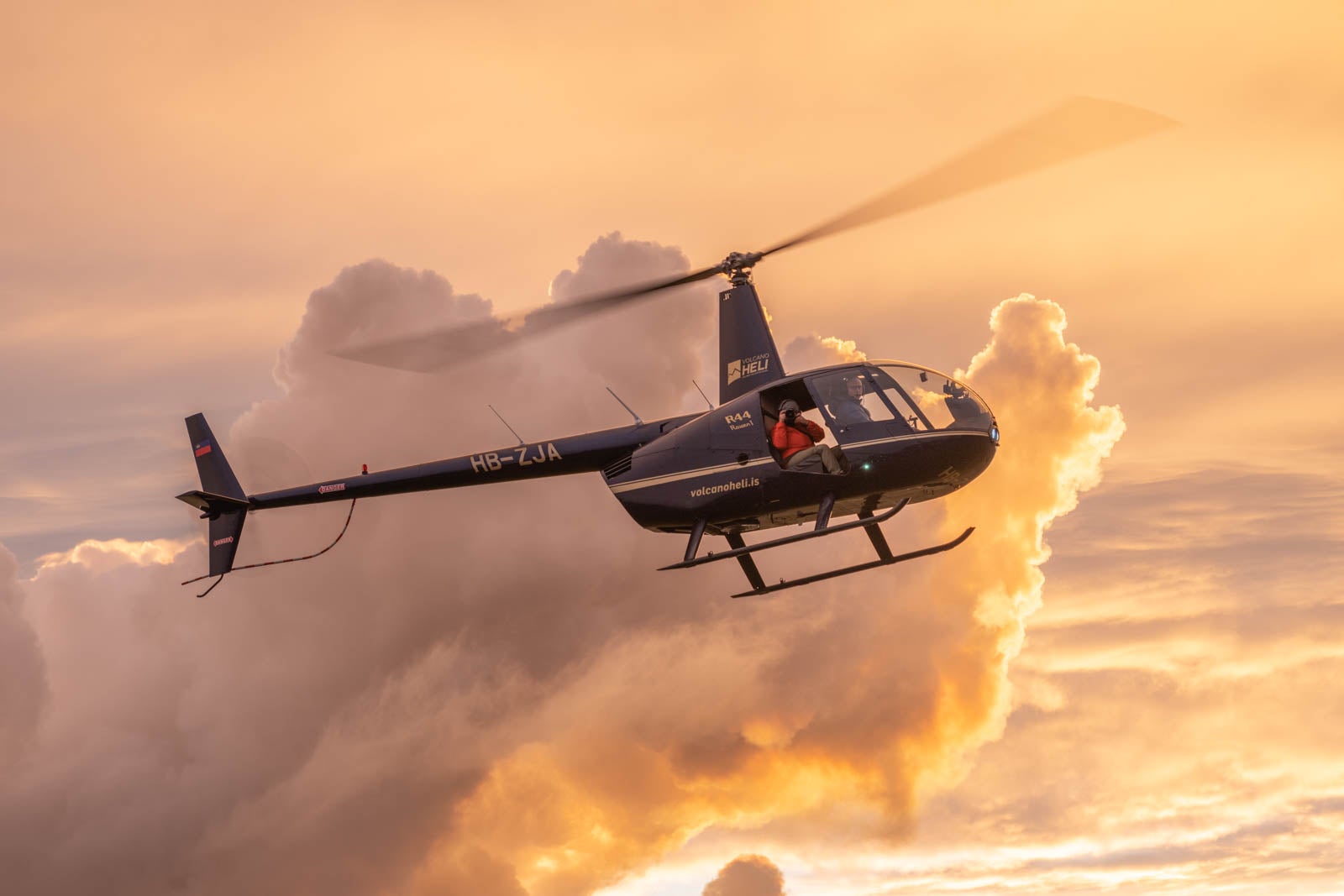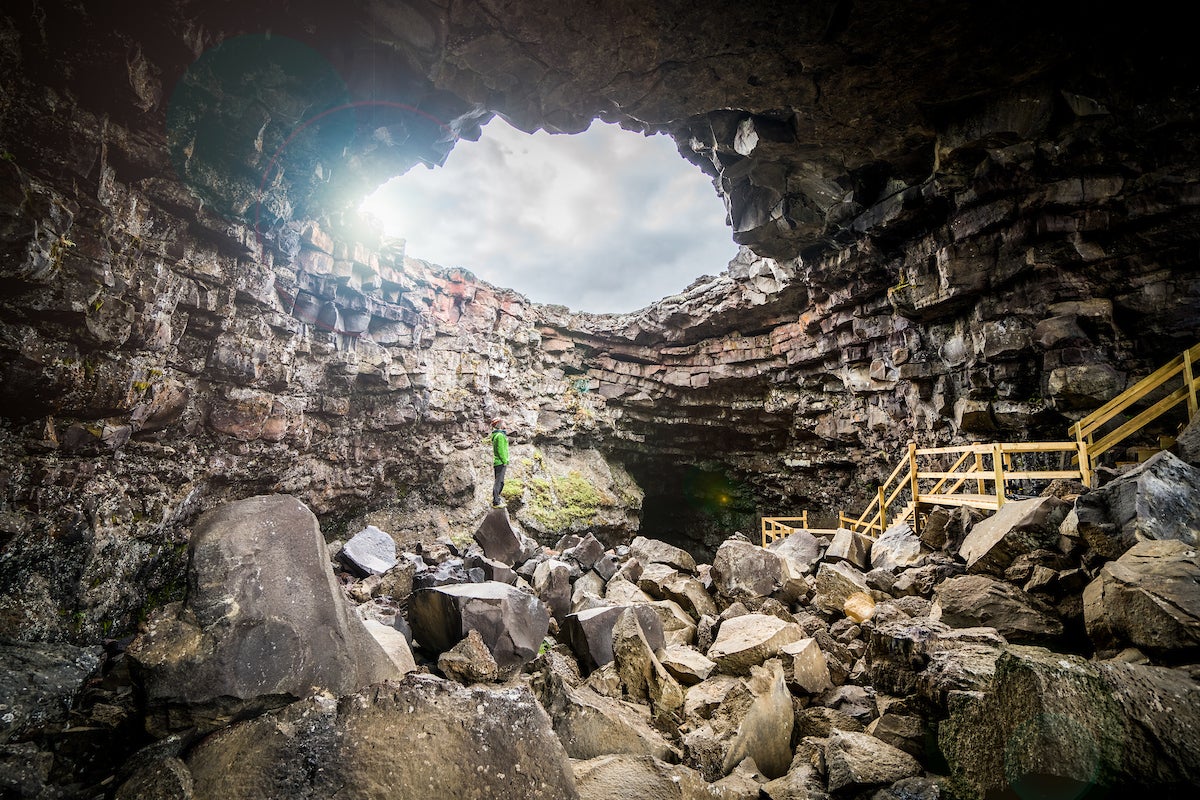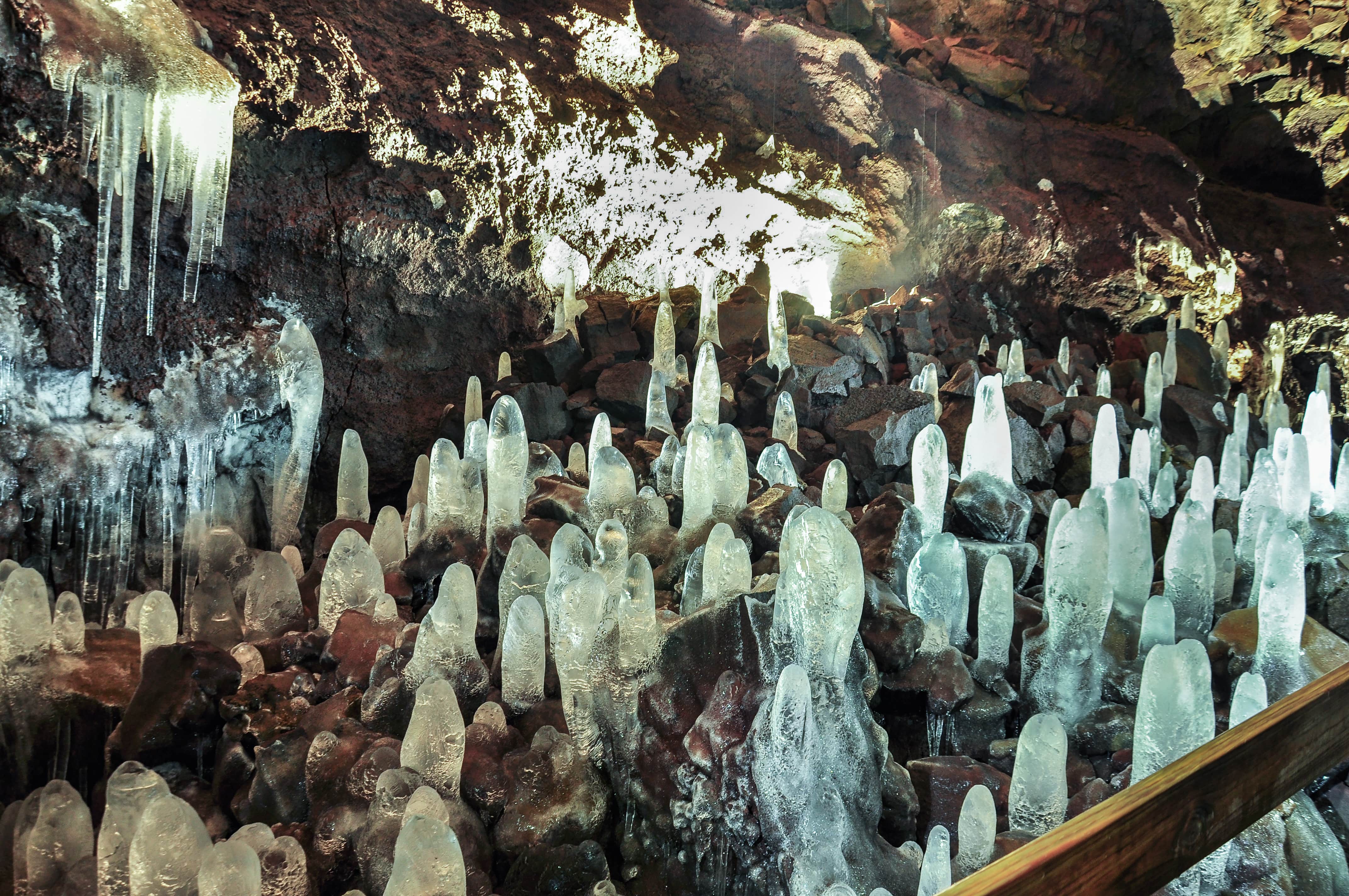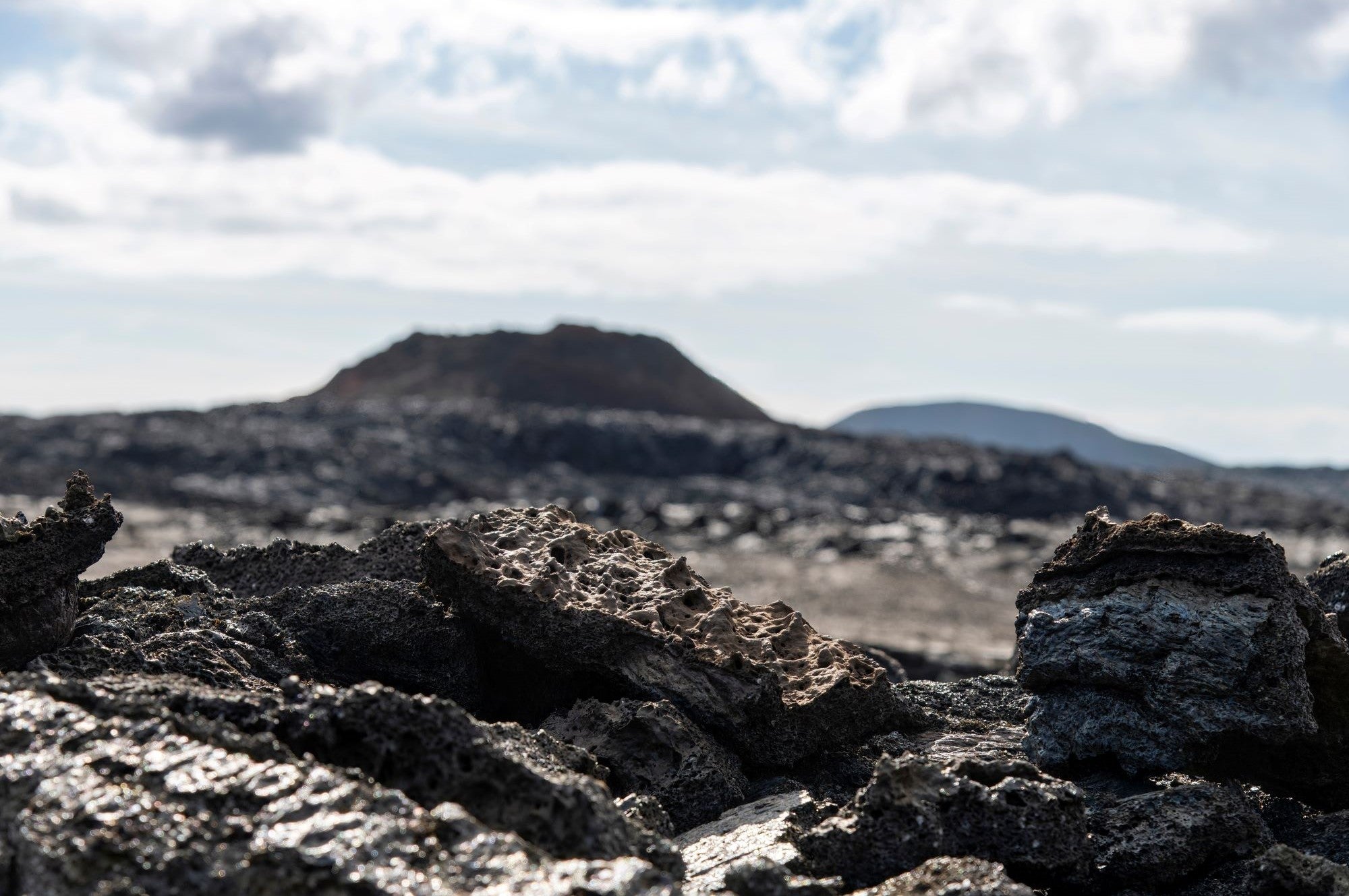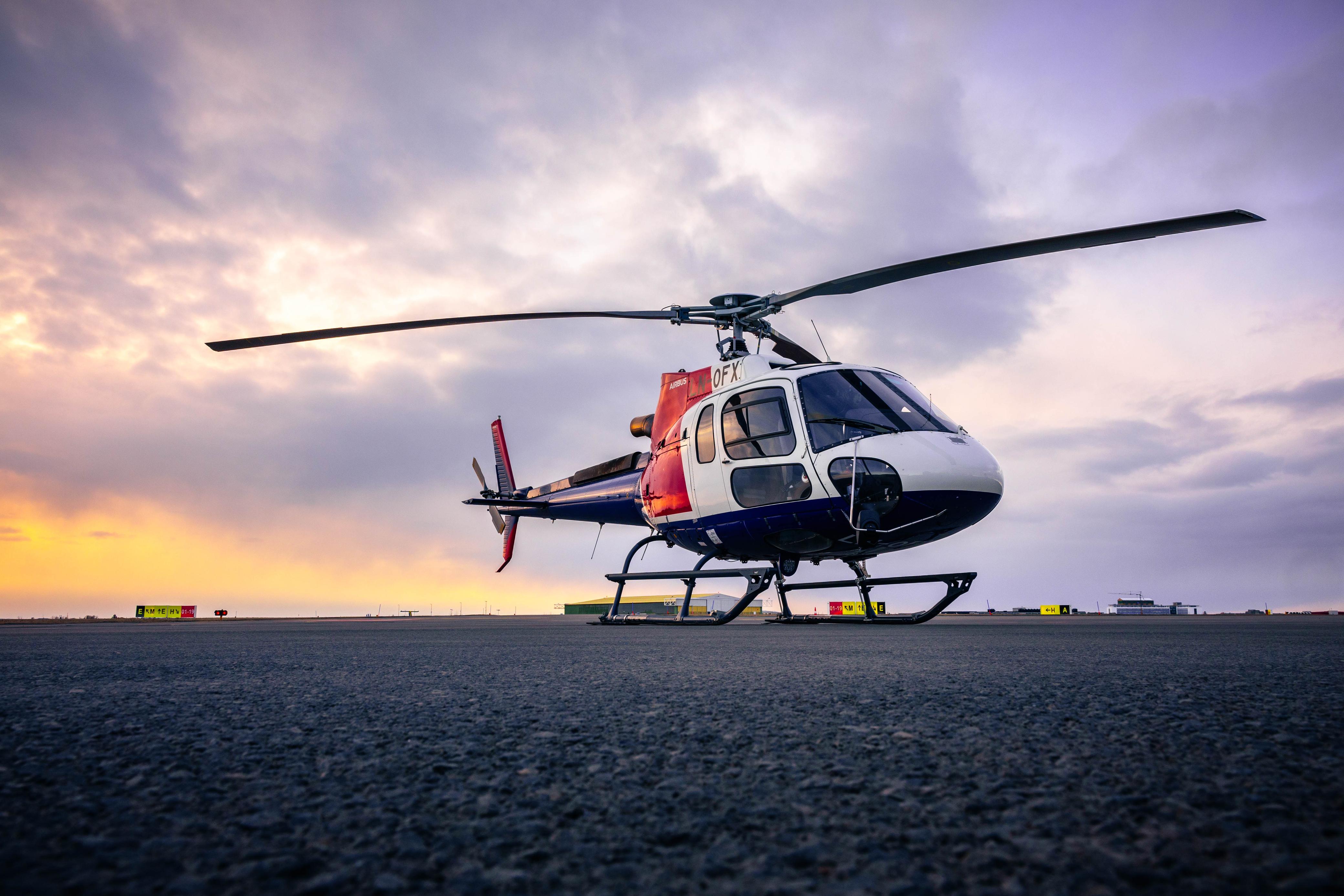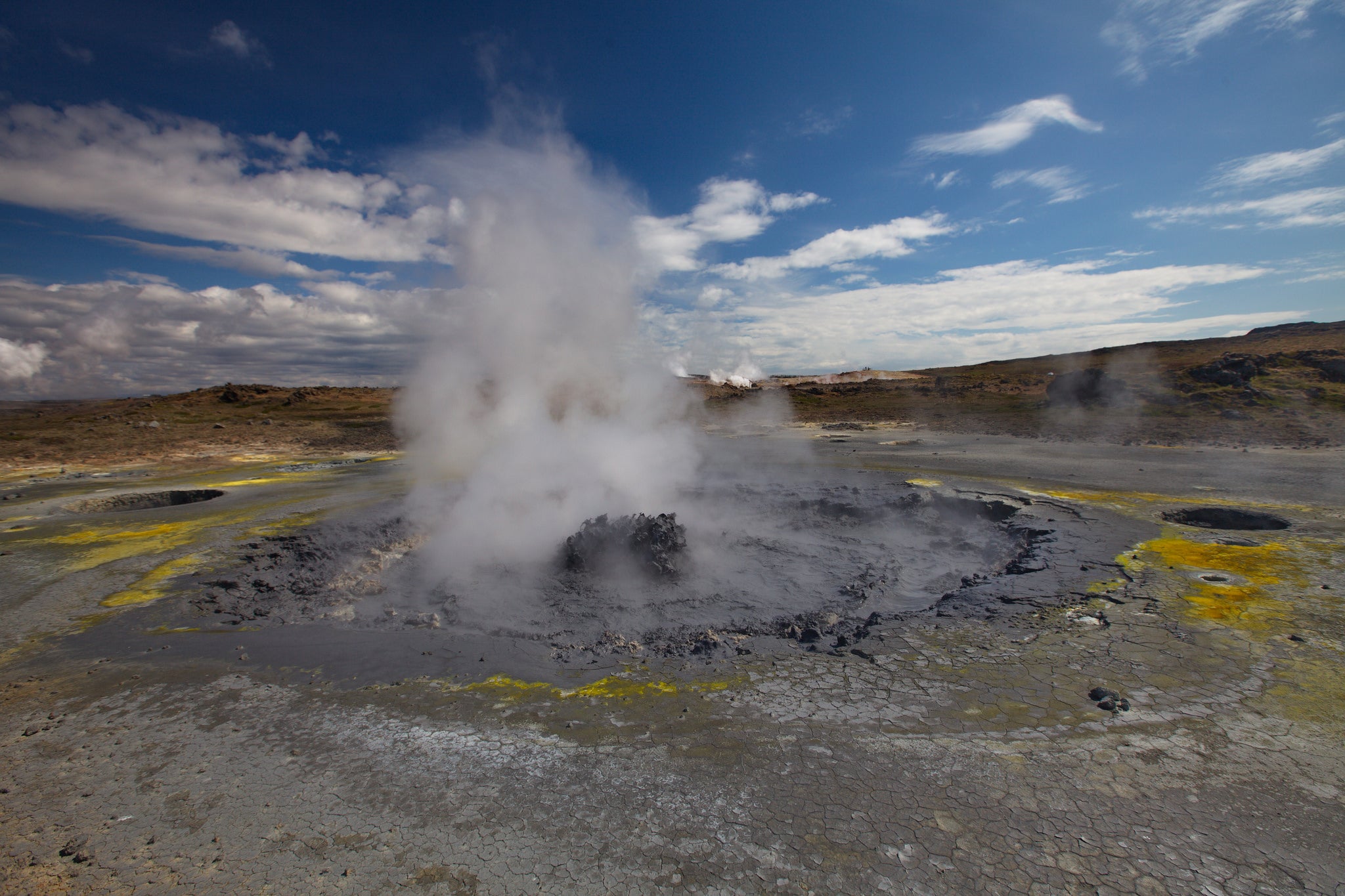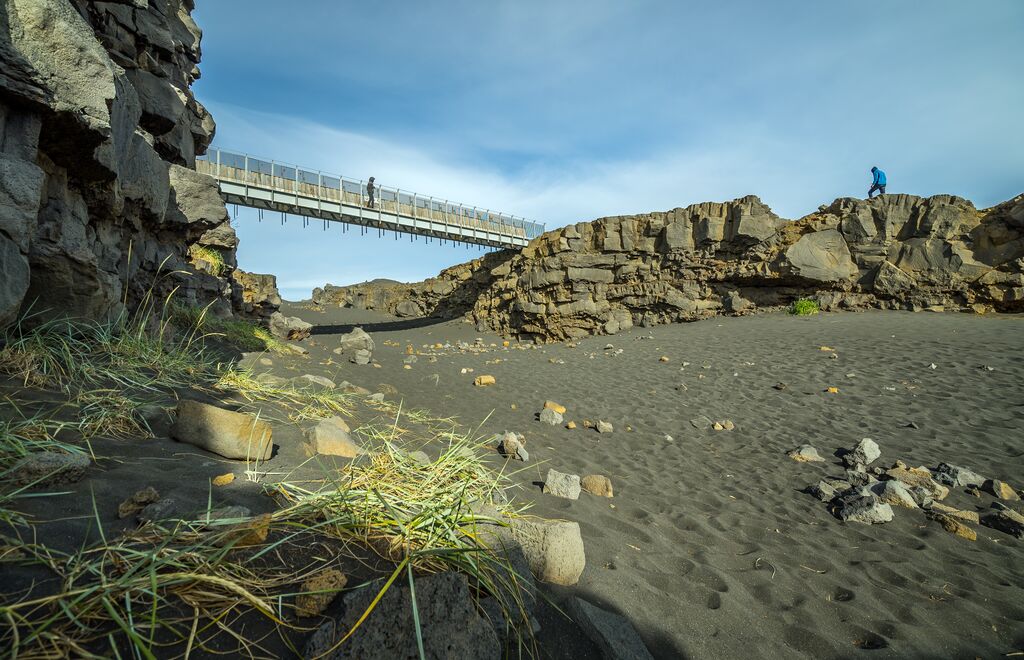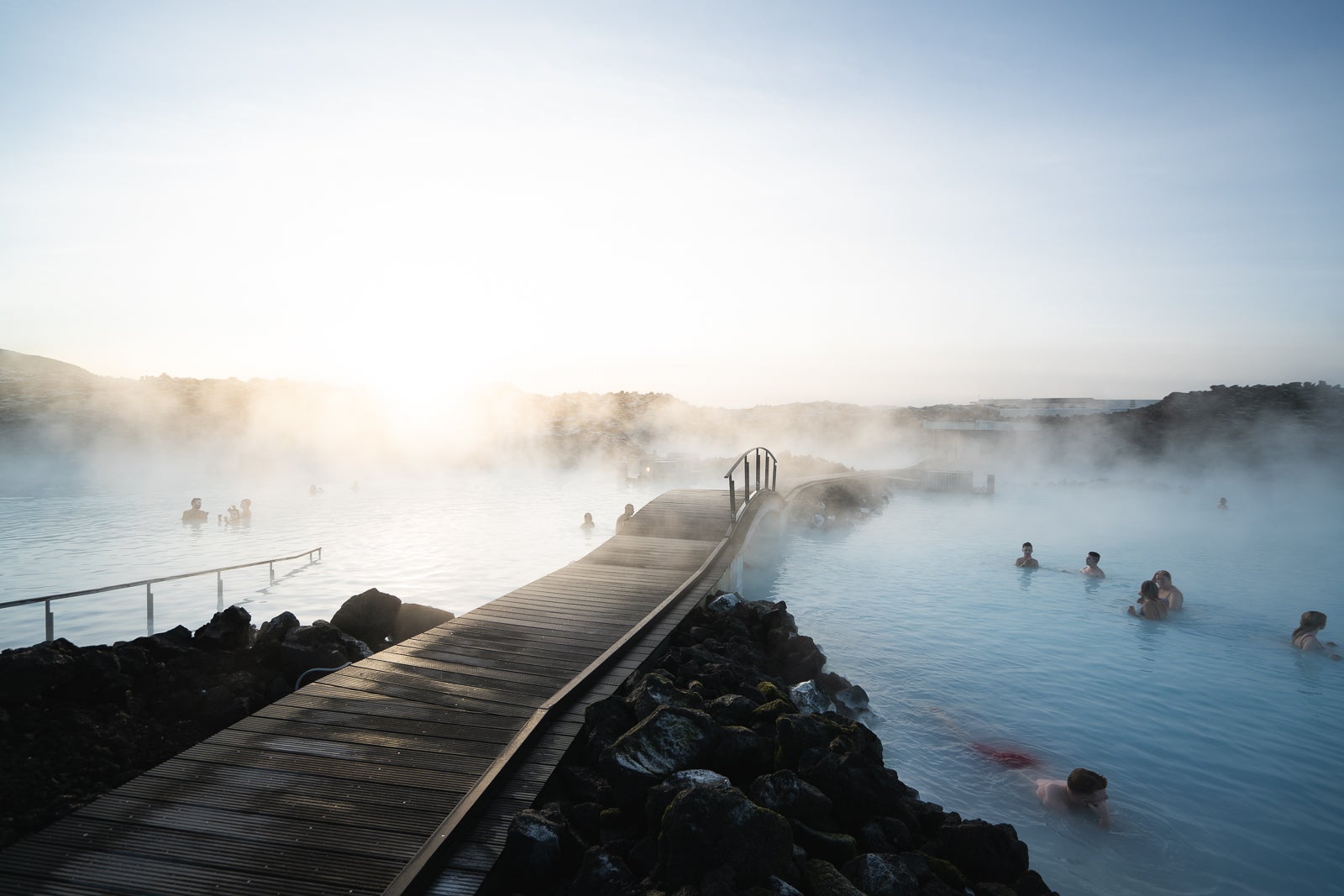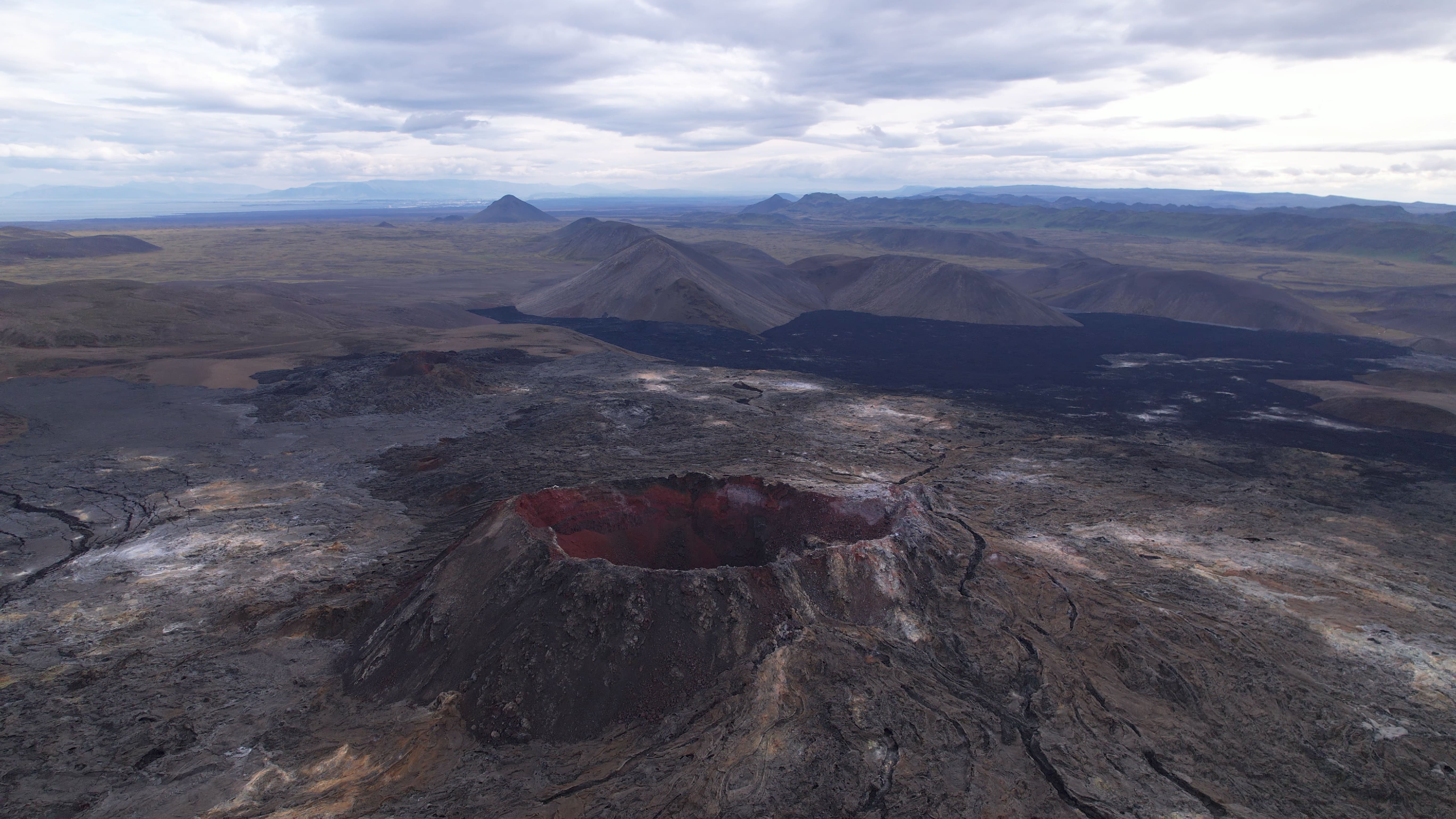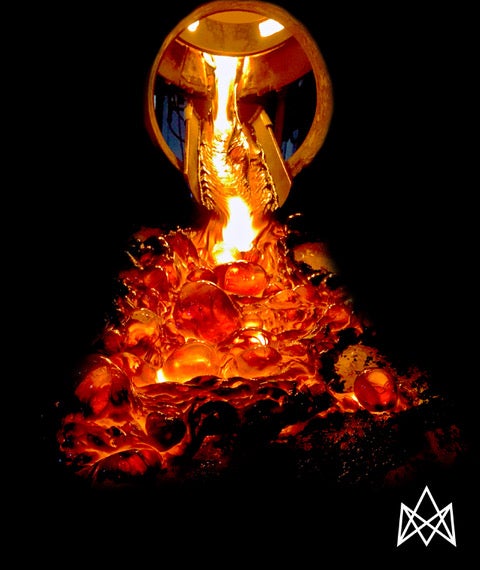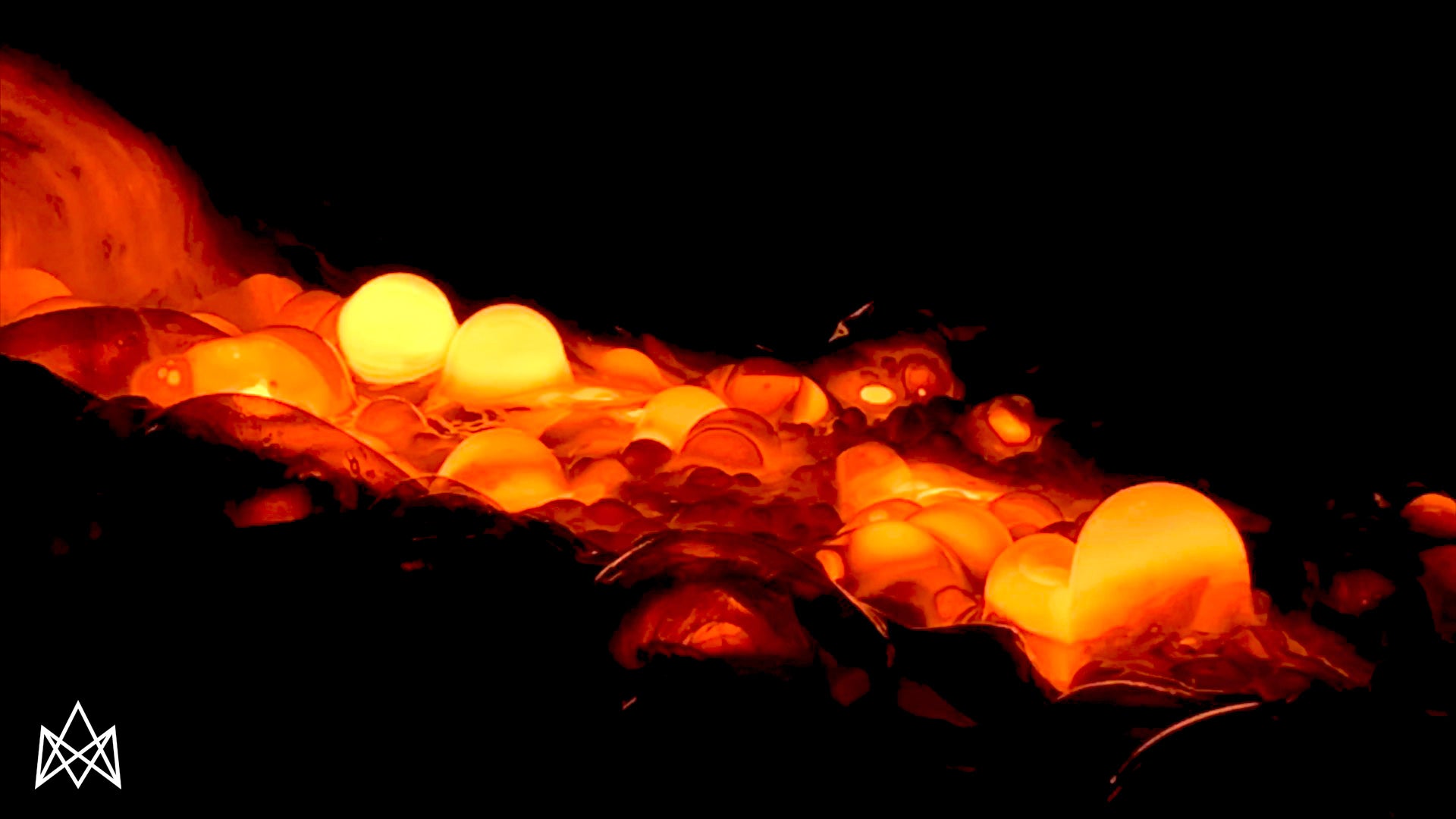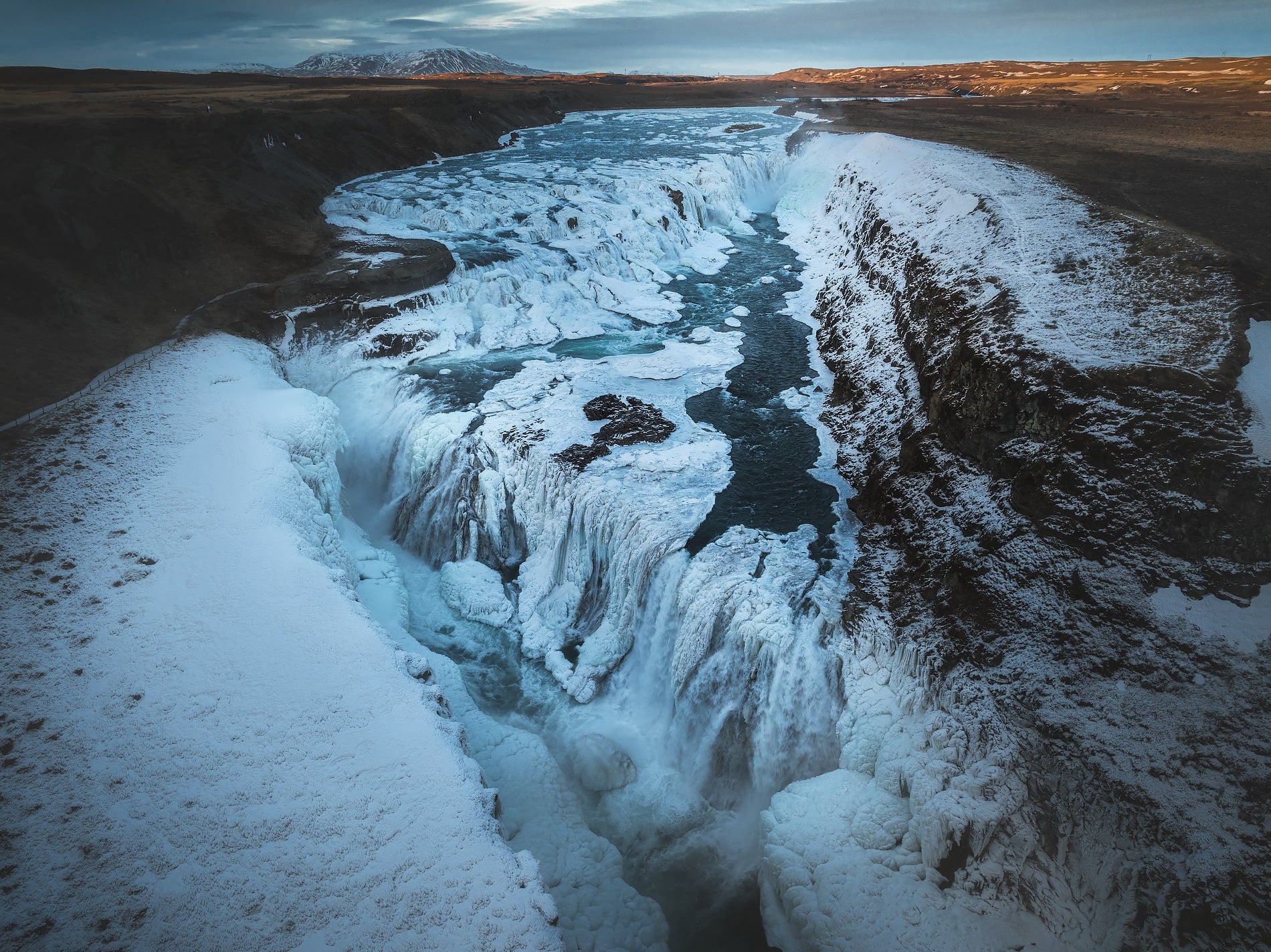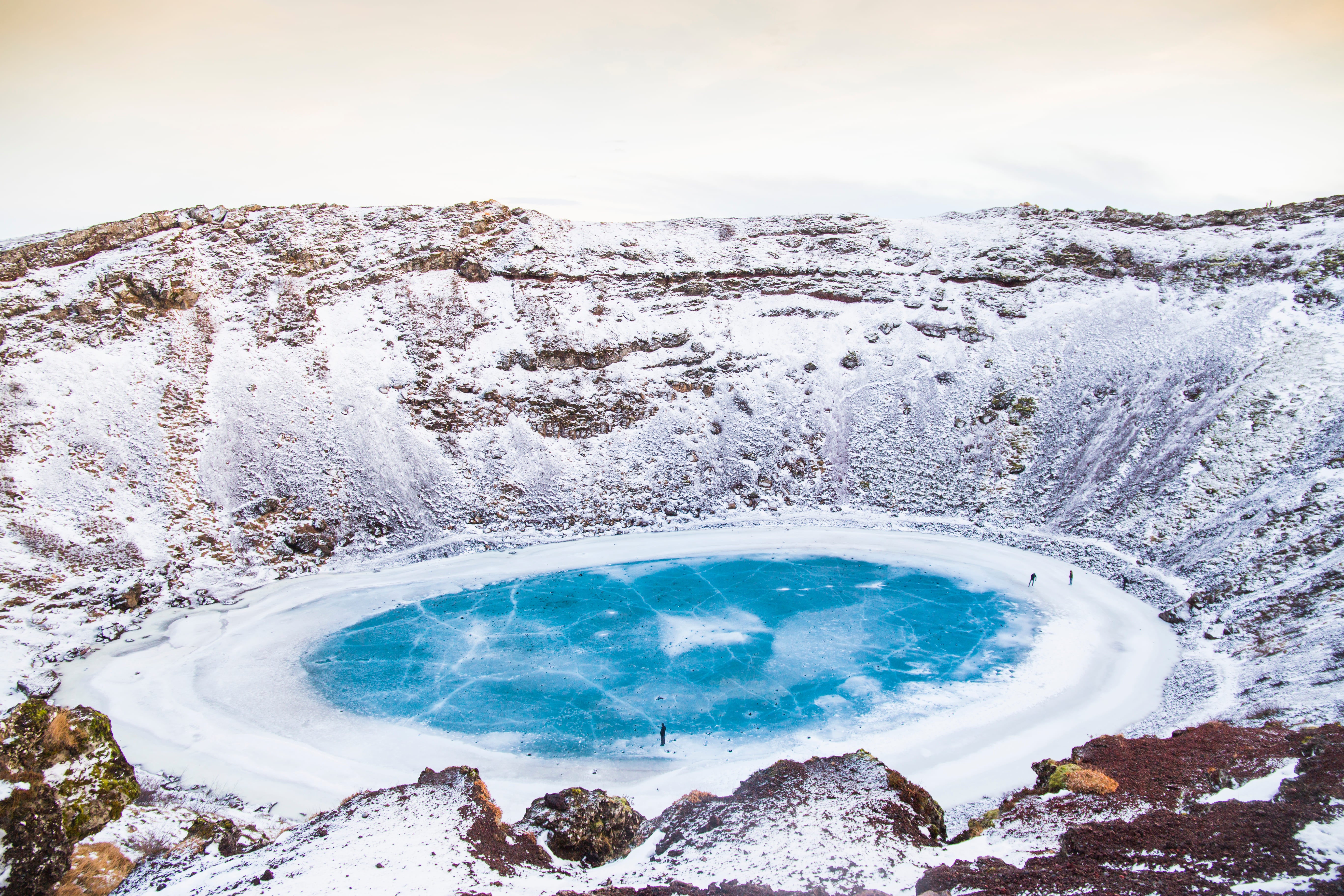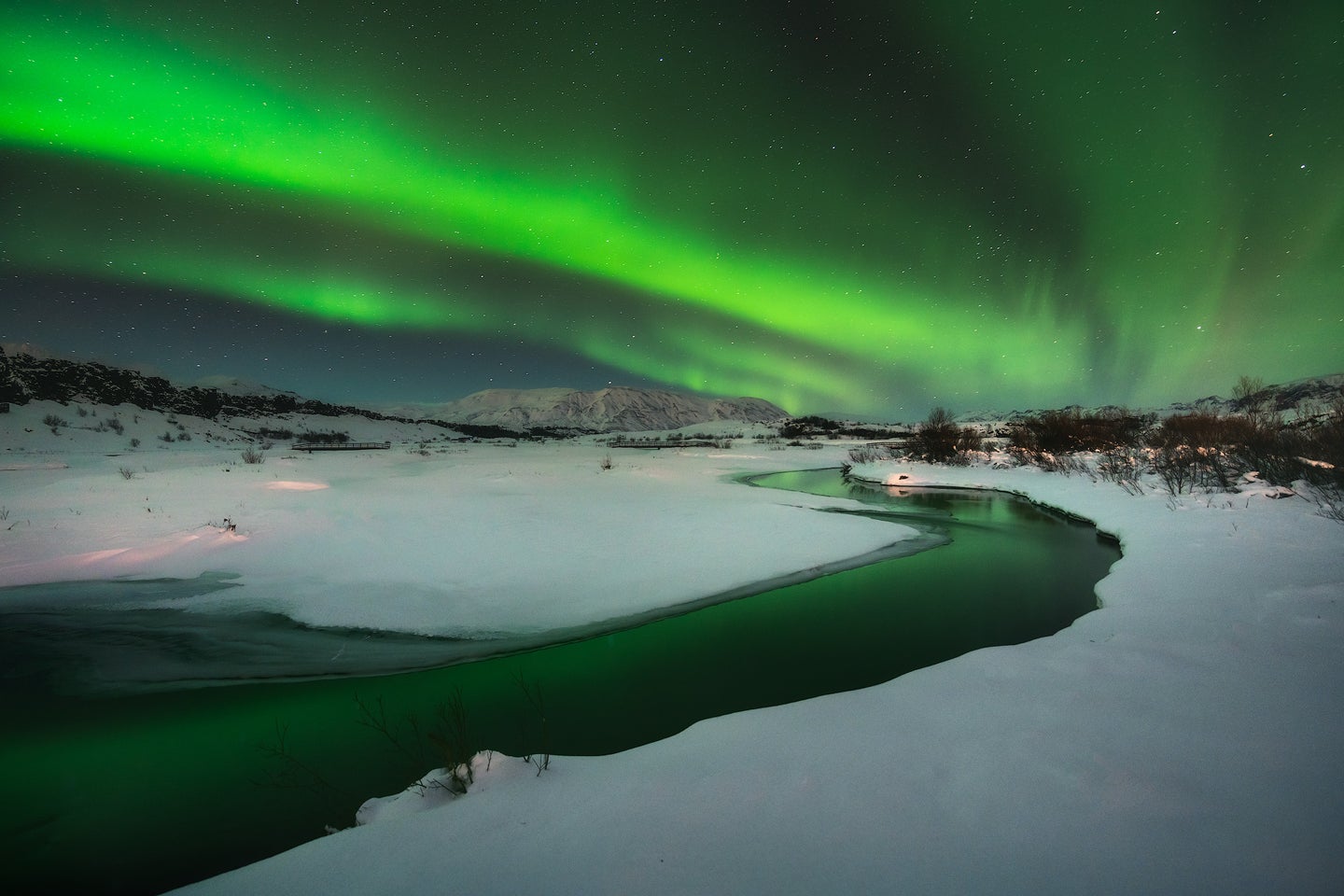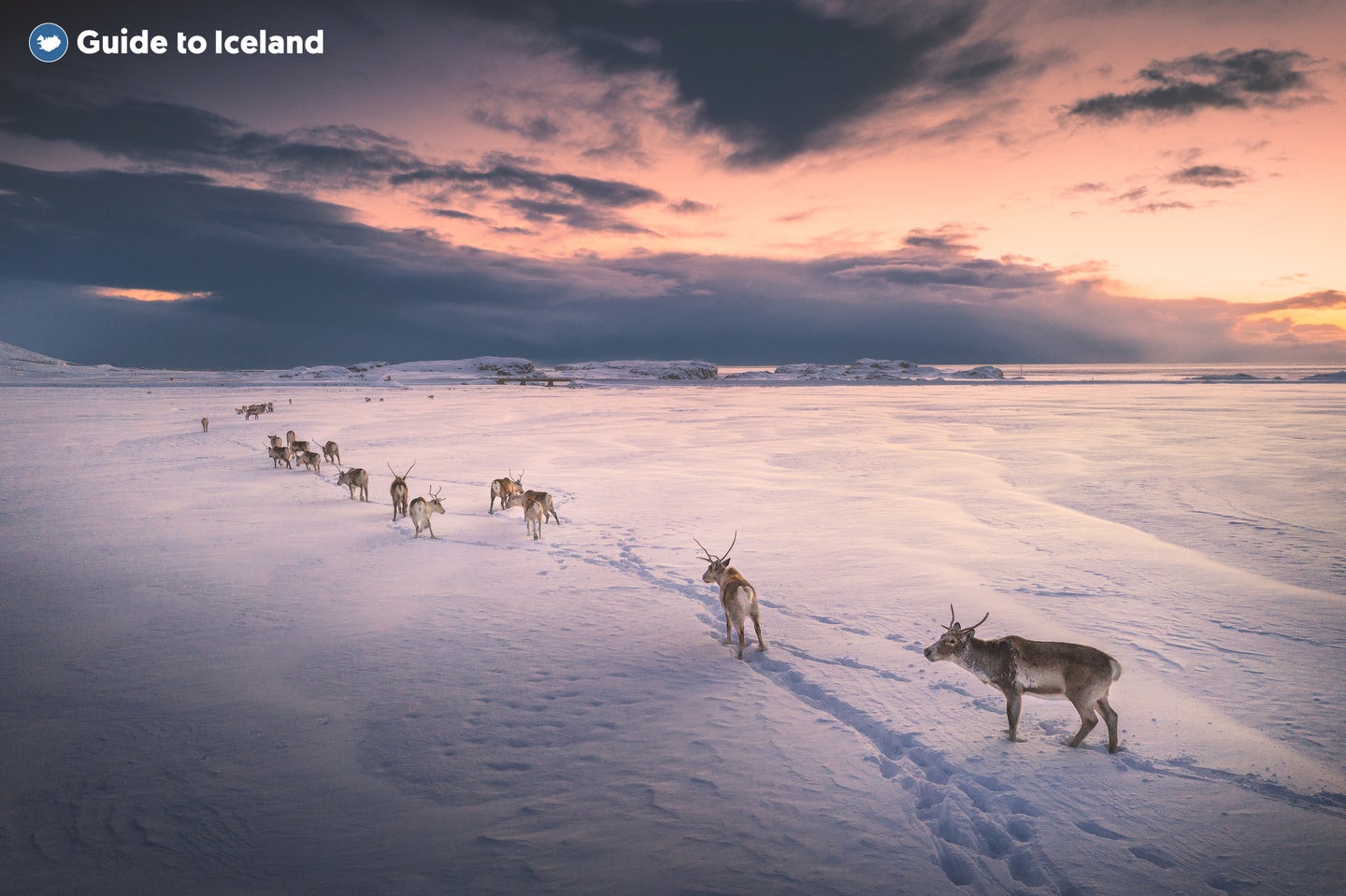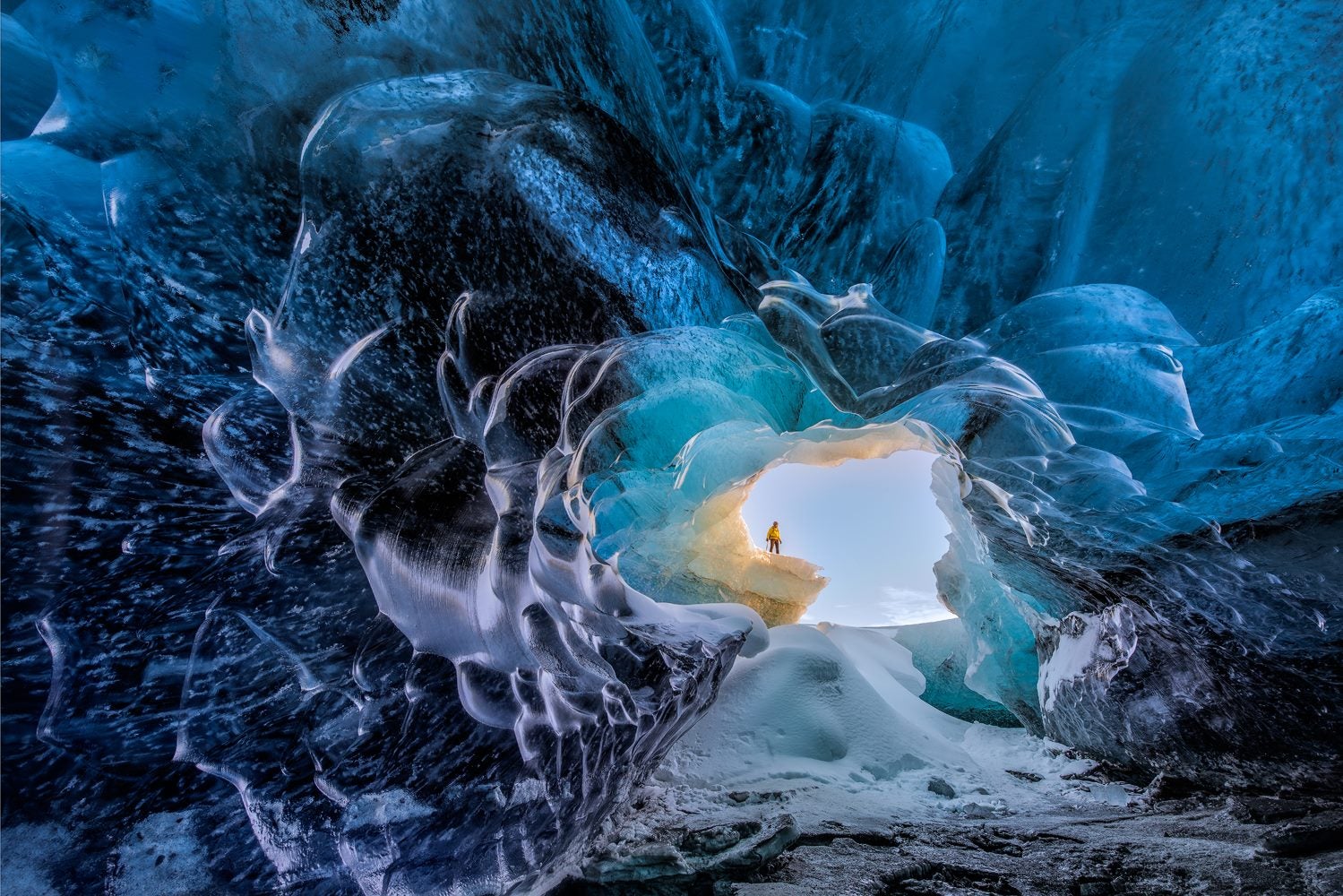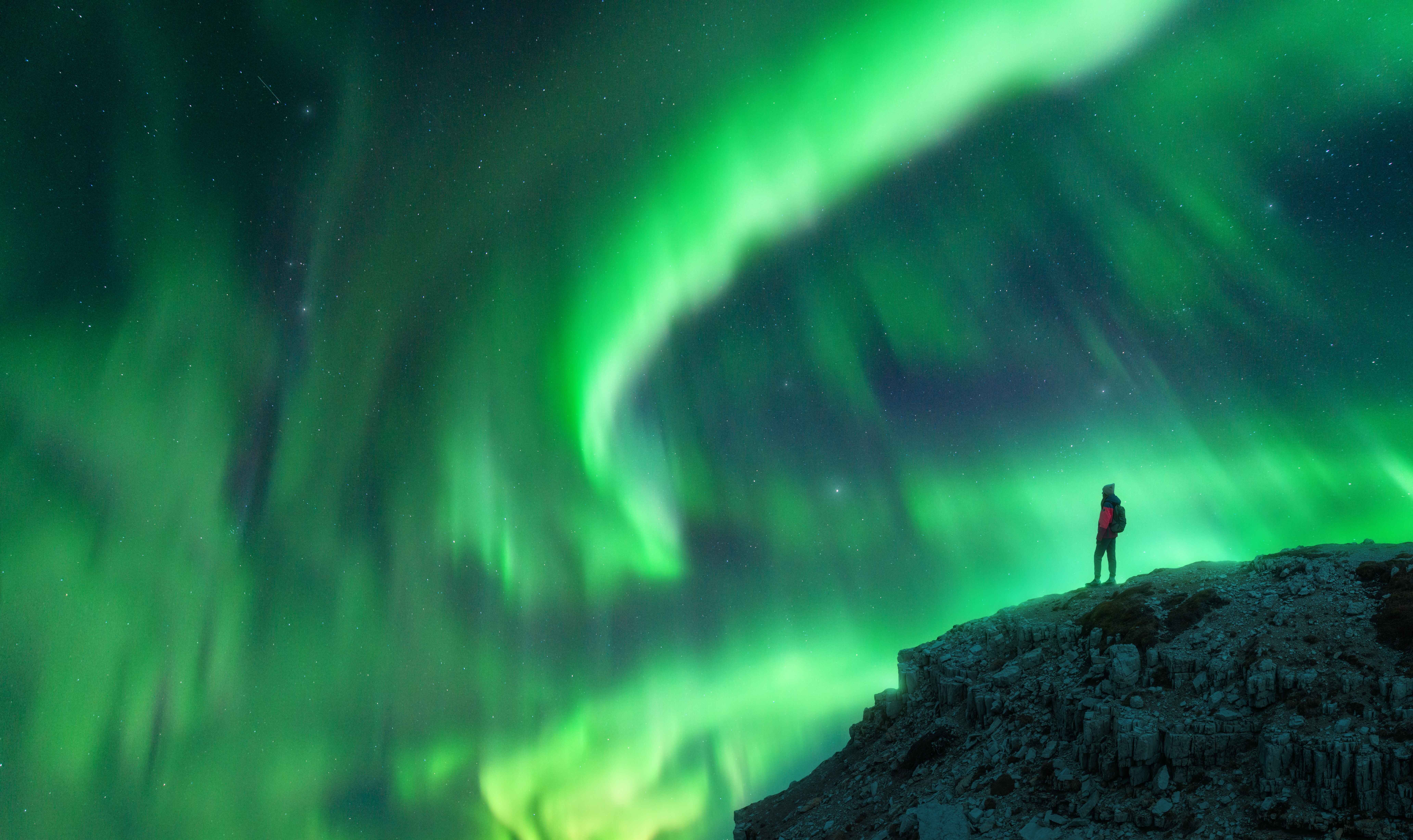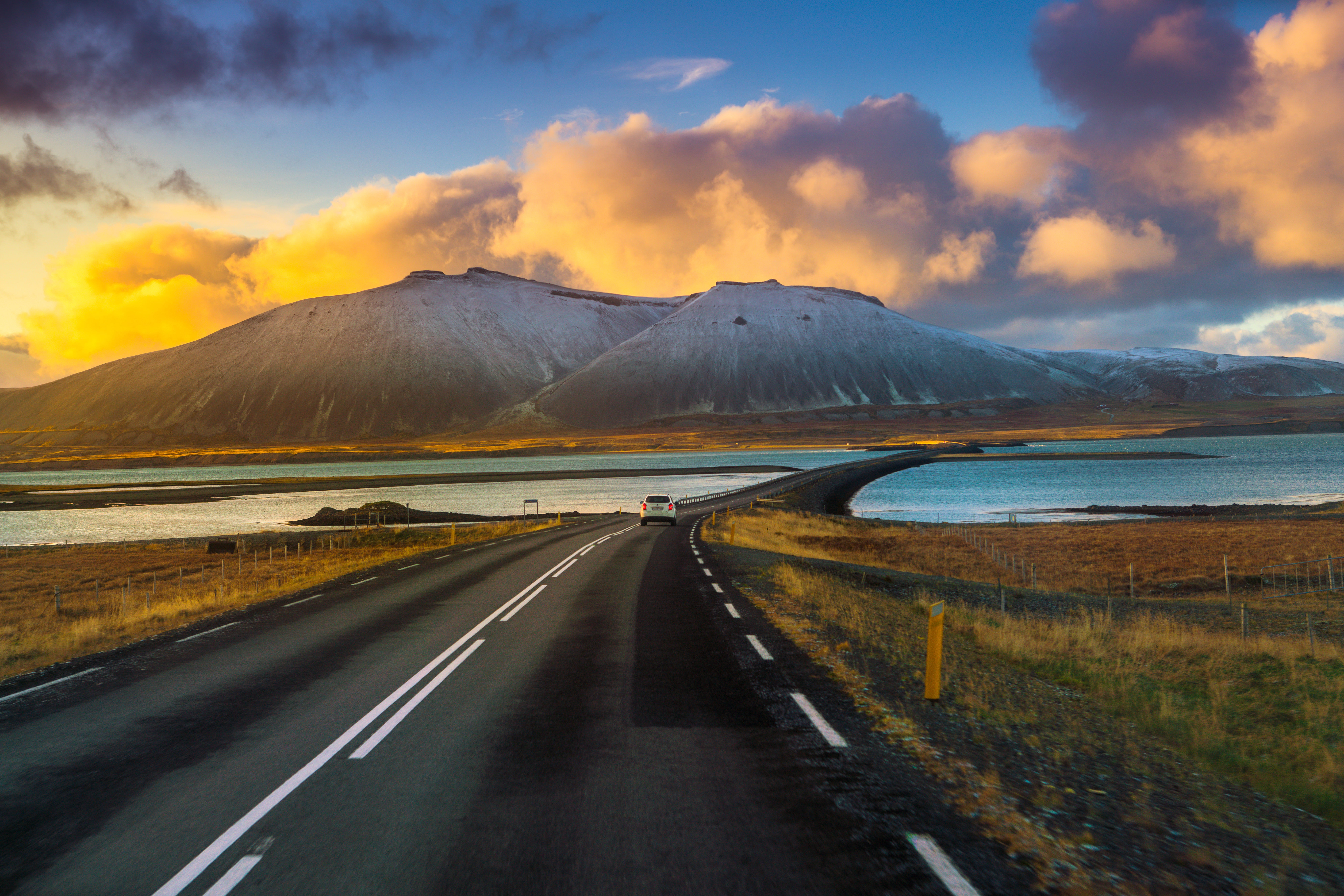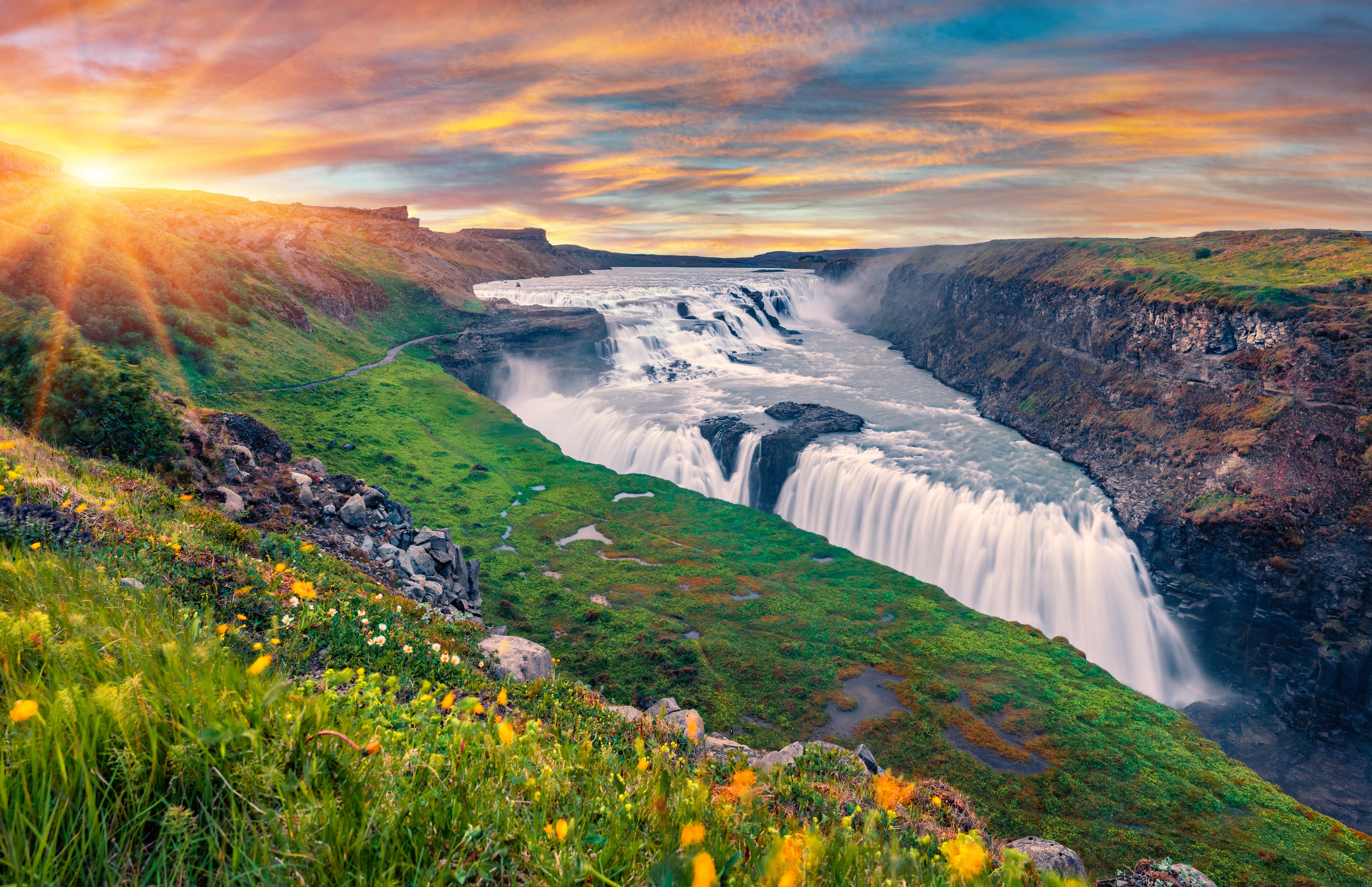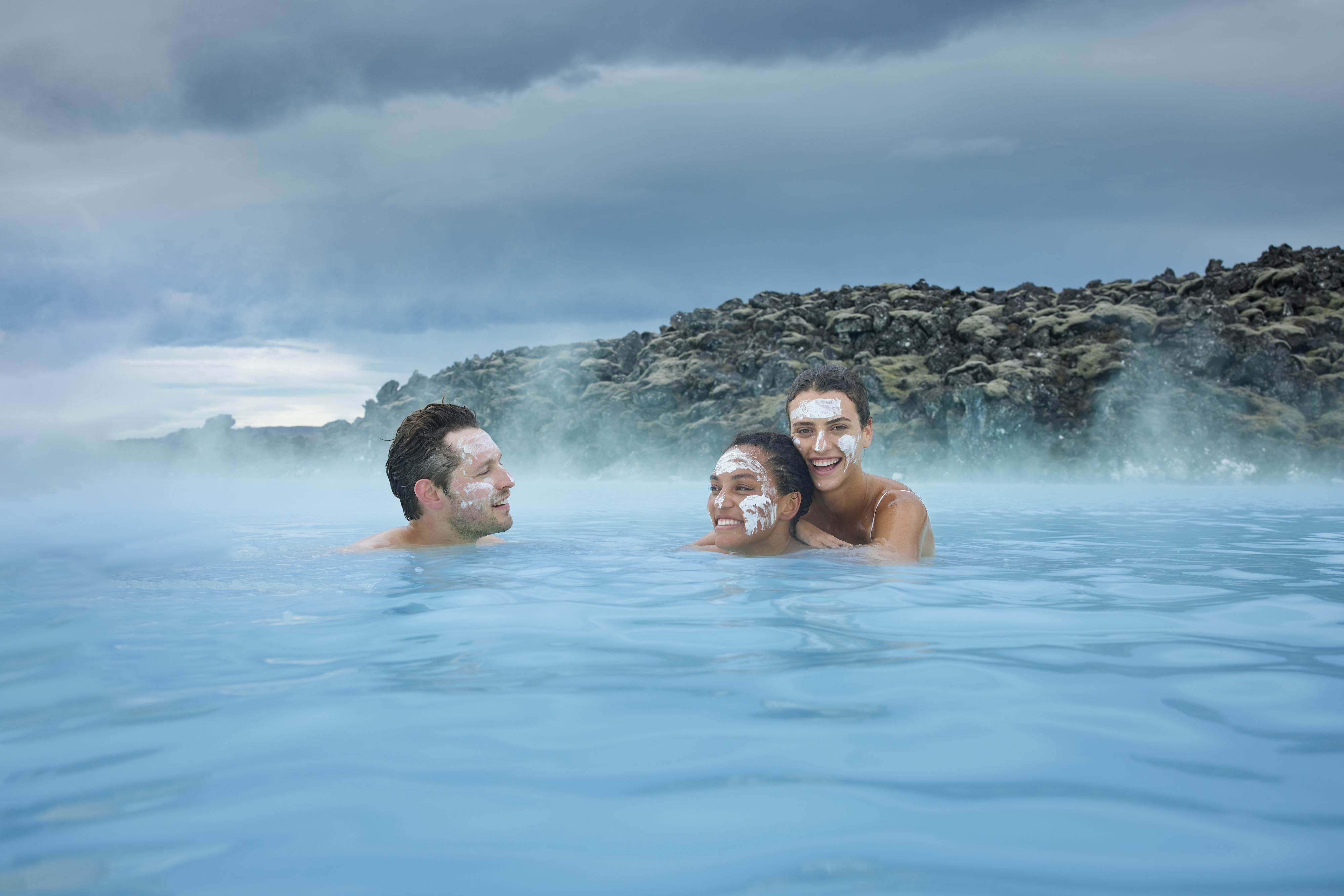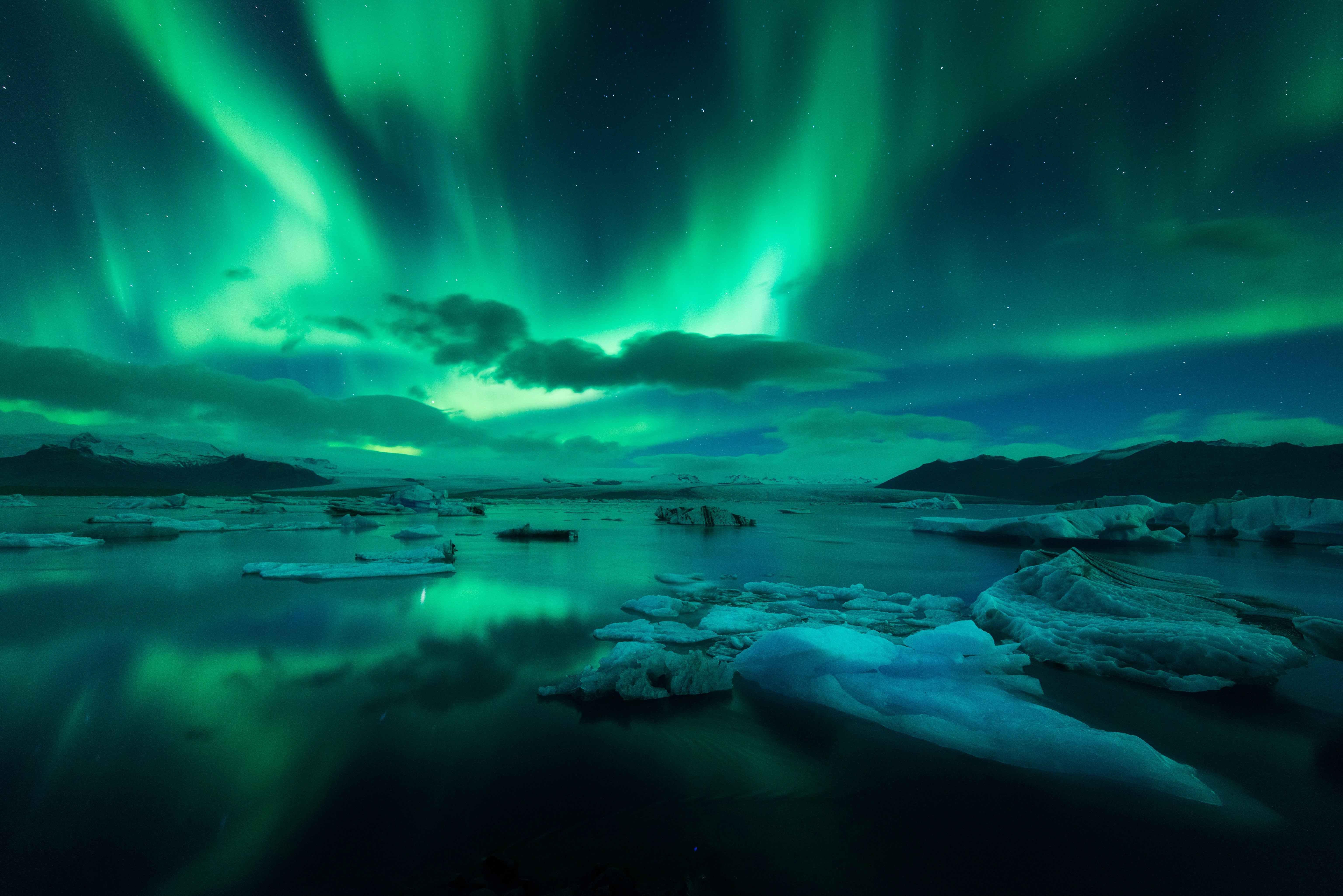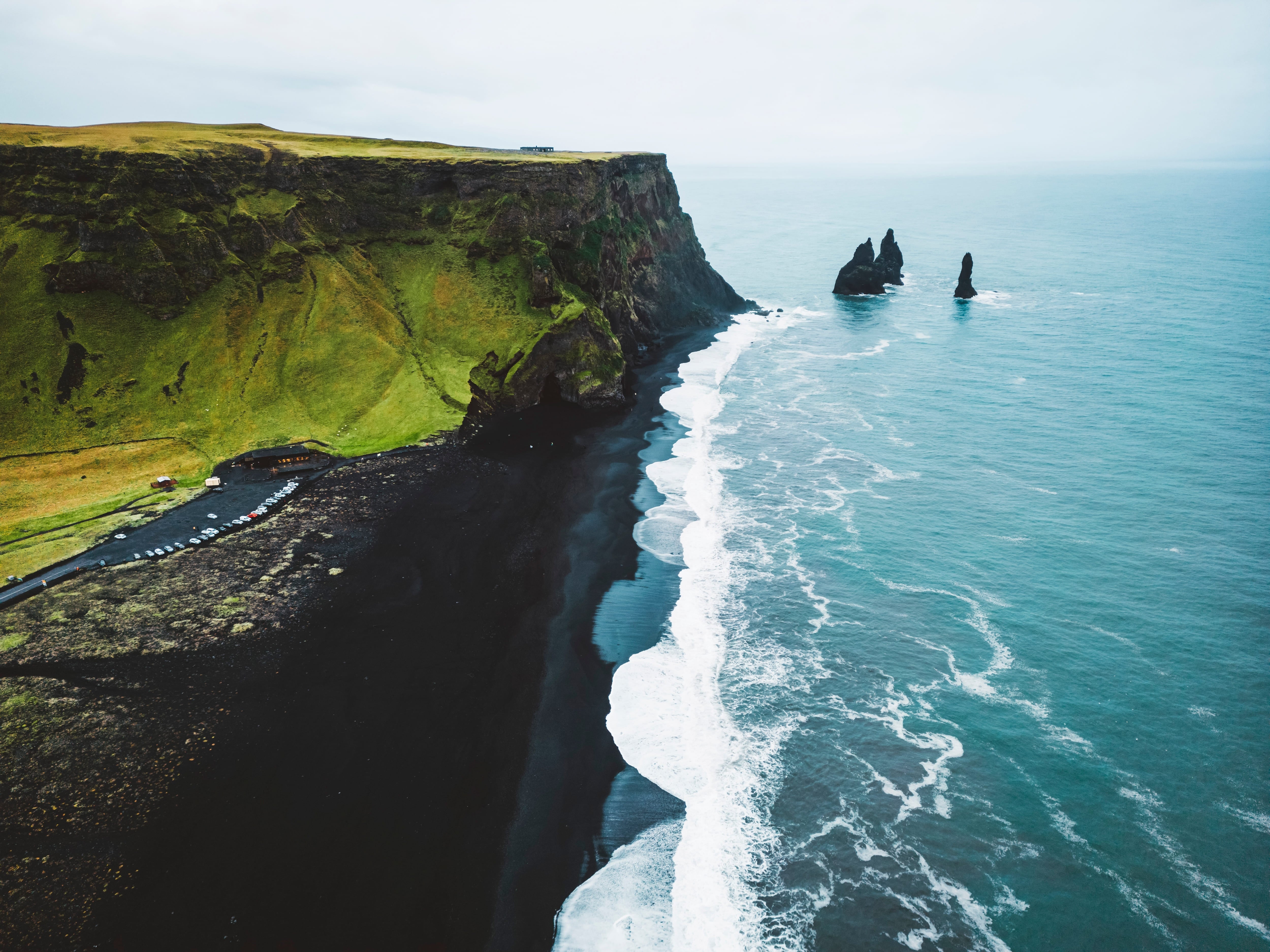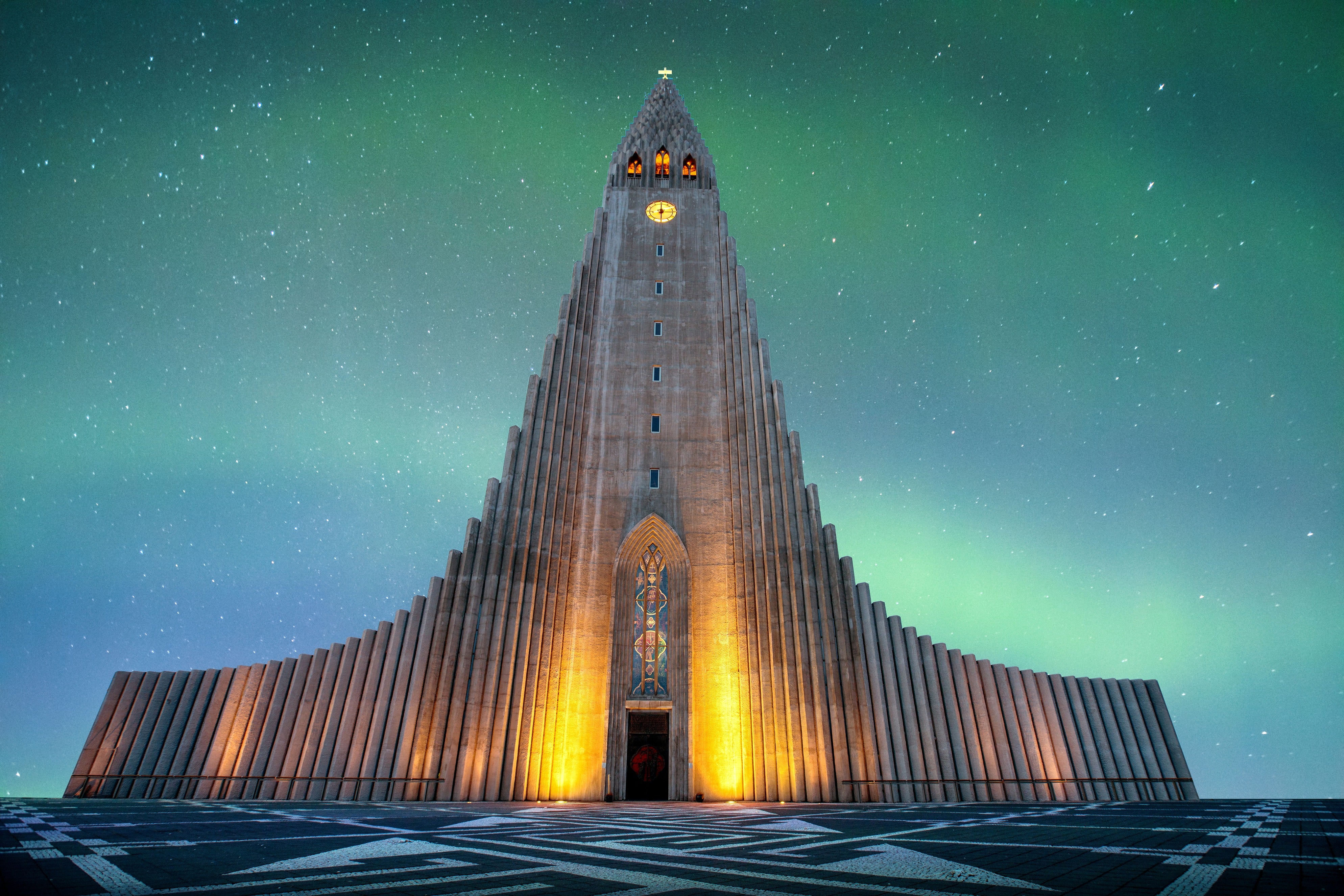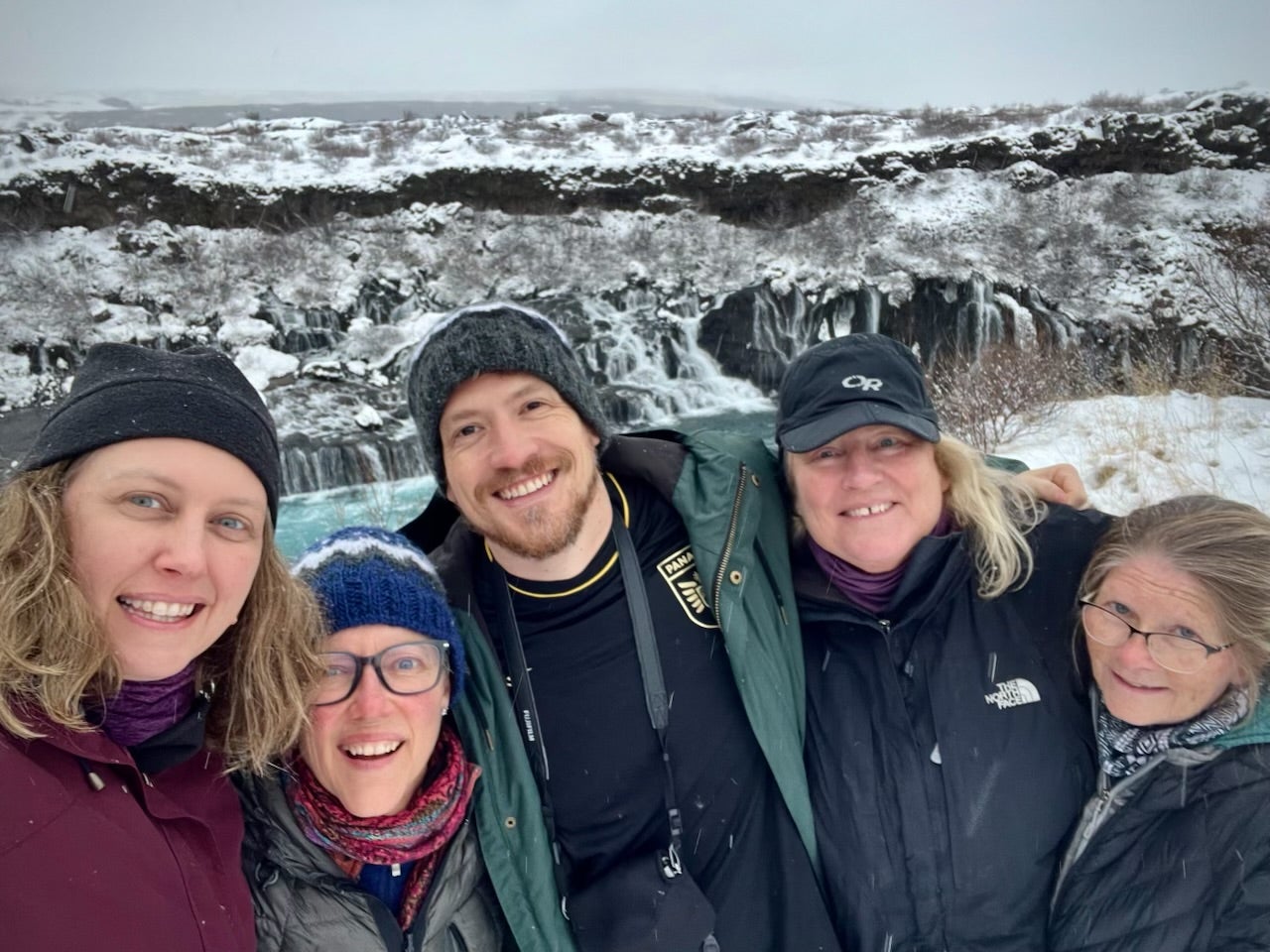
Terrie Cooper
I just got back from an 8-day tour with Troll.is with an outstanding set of guides. We had Johann for 6 days and Branimir for 2-days. The trip totally exceeded our expectations. Both guides were so knowledgeable and professional. We learned a great deal about the history of iceland, the geology and wildlife. All the tour sites we visits were spectacular and we couldn’t have gotten better weather. Northern Lights every night! I would highly recommend this tour. All the activities we participated in also had very professional guides and staff, the glacier hike, lava tube, whale watching tour and ice caves were outstanding. A group of us also enjoyed riding the Icelandic horses. Johann was so engaging and played beautiful Icelandic music and brought to the tour such a broad wealth of knowledge, having grown up in northern Iceland. He also knew a lot about where to find the wildlife and birds of Iceland and we were treated to a number of great bird sightings. Branimir was so enthusiastic and shared great information about the geology of iceland and it’s history. And be sure to ask Branimir about his special Lamb Carving tour! Again, this was a superb tour, the guides accommodated our every need, the lodging and breakfasts were great, we always had an option for lunch and dinner that could include eating out or grabbing a more affordable meal from the grocery store. Thank you both for such an outstanding trip. We were absolutely thrilled with our experience and dazzled with the beauty of iceland and it’s people. Tak!
